|
After driving our fifth wheel RV across the Chesapeake Bay Bridge-Tunnel, we savored a couple of fun-filled days in Ocean City, Maryland, with our friends Frank and Pam. We’ve been very blessed in that wherever we’ve visited, our hosts have wanted to immerse us in their locale to show us why they enjoy the area. Ocean City was no exception. Situated between the Atlantic Ocean and the Isle of Wight Bay, Ocean City is best known for its saltwater taffy and 3-mile-long boardwalk. It’s also the White Marlin Capital of the World. Although we didn’t sample the taffy or marlin, we did visit the boardwalk. Here are three highlights from our time in Ocean City: 1. Assateague Island Part of the National Park Service, Assateague Island National Seashore is a 37-mile strip of land between the Atlantic Ocean and the Chincoteague Bay. It offers a refuge for wild horses and ocean-goers alike, with options for camping, fishing, kayaking, and even driving on the beach. After a day behind the steering wheel, the island provided a welcome getaway. We dipped our toes in the cool sand, walked up to our ankles in the surf, and captured photos of wild horses and deer. Some believe the horses to have survived a shipwreck off the Virginia coast. Although that may be folklore, the horses have proven themselves survivors of the area’s heat, storms, and mosquitoes. 2. Boat Excursion A sunny day provided the perfect opportunity for a boat ride. Watercraft rentals and tours abound. We boarded Frank and Pam’s pontoon boat, along with a couple of their friends, for a private excursion. As the sea sprayed our faces, Frank zipped us across the Isle of Wight Bay and under the Ocean City Expressway bridge. Then he turned around and headed to a popular waterfront eatery that provides mooring and complimentary water taxi service from boat to restaurant. Seacrets offers good eats of salads, sandwiches, and Caribbean specialties in an outdoor, “Gilligan’s Island” type of setting. After filling our bellies, we made our way through the sand back to the water taxi. It whisked us to the pontoon for a pleasant journey back to shore. 3. Ocean City Boardwalk Can you really visit Ocean City without exploring the boardwalk? I don’t think so. As we emerged from the car, screams of excitement and the aroma of fried food filled the air. The boardwalk provides an ideal spot for people watching, with beachgoers tanning and splashing, weekenders flying kites, walkers strolling the esplanade, vacationers looking for a thrill, and shoppers searching for the perfect find.
We steered clear of the touristy amusement park rides but had to try the raved-about Thrasher’s french fries. The fries gave us an excuse to relax on a bench to take in all the excitement. They tasted good, but we didn’t find them all that special. Getting up, we ventured into only a couple of stores. As full-time RVers, we don’t have room for a lot of souvenirs or knick-knacks, which makes window shopping easy. Ocean City provided a serene respite between travel days. We appreciated catching up with Frank and Pam and touring the sights. You might also like 7 Historical Things to Do in Virginia.
1 Comment
The city of Yuma, Arizona, is the sunniest place on the planet, with 4,015 hours of sunlight per year, according to Sleepopolis. That and its location on the Colorado River and the border of California and Mexico make it a gathering place for winter visitors looking to escape the cold temperatures of the North. The metropolis has been attracting visitors to its expansive desert landscape and river banks since the 1700s, when explorers recognized the Yuma Crossing as a practical route between Sonora, Mexico, and Northern California. The area’s appeal quickly expanded in the 1800s with the American gold rush, followed by the establishment of an Army fort and eventually a territorial prison, which still stands today. We had toured the Yuma Territorial Prison and some other highlights on a previous trip to the area. It’s worth exploring. While visiting my parents in Yuma more recently, we found some other cool digs. 1. Tour Castle Dome City, Ghost Town, and Museum About an hour’s drive from Yuma, the Castle Dome Museum, named for the castle-shaped mountain that stands as its backdrop, is worth the trip. Unlike many touristy ghost towns, this one offers an authentic picture of life in the 1800s, including numerous artifacts left over from the era of mining silver-galena — or silver ore mixed with lead — from 300 mines. The mines were in operation from the mid-1800s to 1979, when the price of silver dropped. During WWI and WWII, the military harvested lead from the mines to make ammunition. For a $15 admission ($16 with a credit card), you can explore the town’s more than 50 buildings, including a schoolhouse, a mercantile with an attached dentist office, a church, a former restaurant, a hotel, multiple bars/saloons, a bank, a barber shop, a dress shop, and a whole lot more. You’ll even find remnants from the town’s later days in the 1970s. To get a better picture of the attraction to this out-of-the-way destination, you can go down into the mine and see the minerals glistening in black light. The $75 fee for that tour includes admission to the museum/ghost town. Whether you explore the museum or both the museum and mine, plan to spend at least a couple of hours there enjoying a piece of history. 2. See an Aerostat Blimp Tethered near the Castle Dome City ghost town, an odd shape caught our eye. A 208-foot-long white blimp stood ready to launch in support of the U.S. Customs and Border Protection. Its mission? In conjunction with nine other Aerostat blimps that form the Tethered Aerostat Radar System (TARS) — a 10,000-foot-high radar fence — it monitors the Southern U.S. border for low-flying aircraft attempting to smuggle illegal drugs into the country. The history of TARS dates back to the early 1980s, when the first helium-filled balloon launched in the Bahamas. Today, TARS spans from Yuma to Puerto Rico. The Yuma blimp is secured near the Yuma Proving Ground. We saw the balloon tied down close to the terrain, as well as extended in the air, above the mountains. 3. Explore the Colorado River Yuma owes much of its existence and livelihood to the mighty Colorado River, which played a major role in getting supplies to the Army base there in the mid-1800s. In fact, Yuma is the oldest city on the Colorado River, according to Yuma Crossing National Heritage Area. In addition to providing water for crops grown in Yuma, the largest producer of winter vegetables in the country, the Colorado offers recreational water activities such as canoeing, kayaking, tubing, boating, fishing, and swimming. It also provides a nice setting for picnics, bike rides, and walks. We reveled in the beautiful scenery while enjoying a picnic lunch, followed by a leisurely stroll along the banks. Gateway Park meanders under Interstate 8, providing panoramic views of the Ocean-to-Ocean Bridge, which opened to the public in 1915 as the first highway crossing of the lower Colorado River. Stretching along the southern side of the river, the park offers walking paths that take visitors across the border to California and back again. We had always thought the river marked the border between the two states. We found out otherwise and couldn’t pass up the opportunity to venture into California without crossing the Colorado. These are only a few examples of the exploration opportunities in Yuma, Arizona. If you’d like to get up close and personal to a storied past, there’s plenty more to see.
You might also like Driving Across the Border to Mexico. We’ve been to Mexico many times, walking across the border south of San Diego and El Paso. We’ve visited cruise port towns of Cabo San Lucas, Ensenada, Mazatlan, Puerto Vallarta, La Paz, and Progreso. But we’d never made the trek by car. Not willing to take everything we own into a third-world country and wanting to try out our new Fofana truck tent* and AirBedz inflatable mattress,* we packed Gulliver for a sans-Tagalong week of camping in Rocky Point, Mexico — or Puerto Penasco, as it’s known to locals. It’s been a long time since we tented. It involves a bit of work but offers close proximity to beautiful scenery, such as the Sea of Cortez from a sandy beach. Embracing the Adventure Gulliver led us on a four-hour journey across terrain we hadn’t seen before. Because Rocky Point is part of Sonora, Mexico, and considered part of the Border Zone, no permit is required to travel there. You do, however, need Mexican auto insurance, which you can purchase right before crossing the border. We opted to buy it ahead of time online. The route from Phoenix to Rocky Point meanders through Organ Pipe Cactus National Monument, offering beautiful views of cactus set against mountains. Spanning more than 330,000 acres of the Sonoran Desert, the national park is the only place in America where organ pipe cactus and senita (another type of cactus) grow wild. The drive took us through Ajo, population 2,600, a once thriving copper mining town. We also drove through the tiny community of Why, population 65. Originally named Y after its forked intersection that gives travelers the option of going south to Mexico or east to Tucson, the town became Why when state law required all city names to have a minimum of three letters. Today it features a convenience store titled Why Not? As we approached the border town of Lukeville, we started seeing signs about crossing into Mexico. “Weapons and Ammunition into Mexico is illegal” read a prominent one. We waited in a short line of vehicles to drive through a tentlike tunnel before reaching another country. The Mexico border patrol agent waved us through without a word, and we were on our way. Driving in Mexico Getting to the beach involved navigating the Mexican town of Sonoyta for about 10 minutes before reaching the main drag connecting America to Rocky Point. The 65-mile-long road is labeled a hassle-free zone. We didn’t know what that meant. It being our first time driving in Mexico, we did our best to obey the traffic signs, watching our speed in kilometers. Other Americans whizzed past us, and we quickly learned hassle-free means the Mexican police don’t patrol that road. We did, however, see a service truck cruising it to help any drivers who broke down. Entering Rocky Point, we exited the main road and followed Google’s guidance to our selected beach campground, Concha Del Mar, offering dry camping (no hookups) for $15 US per night. Most places of business in Rocky Point accept U.S. dollars and list prices in both U.S. and Mexican currency. Not wanting to have change in pesos, we took plenty of U.S. cash with us. Fishy sea air greeted us as we rolled down our windows. The campground attendant took our cash for four nights and told us to park in the second row from the water. We found a decent spot among the 50 or so RVs and set up our tent and mattress in 10 to 15 minutes. Camping on the Beach The mattress proved comfortable. We slept well, thanks to the lulling of the crashing waves. The only negative was our bladders waking us. That meant putting on our shoes and leaving the warmth of the tent to walk 75 yards to the bath house. But it also provided stargazing opportunities we would have otherwise missed. Having purchased a Firemaple camping stove* for the trip, we took some dehydrated meals such as pho and oatmeal cups with us. We just had to heat water. The stove boiled water within 2 minutes and made for quick, easy breakfasts. We also used it to make our morning coffee. When the wind prevented us from sitting outside, we hung out in the cab of the truck, listening to music, reading, and playing games. We set up our solar suitcase to restore power to the truck after using it to charge our phones. Although we both took laptops with us, we didn’t open them, except one night to watch a movie. Experiencing Mexican Cuisine Leaving our truck and tent setup among our camping neighbors, we walked the beach every day and traveled by foot anywhere we wanted to explore. The closest restaurant, connected to a hotel on the beach, featured amazing views of the water and sunsets. We dined there a few times, as well as at a few other restaurants, reveling in the authentic Mexican food. We happened upon what quickly became our favorite dish of the trip when visiting the New Mexican Restaurant. Some fellow Americans in the establishment recommended we order the New Mexican Molcajete. We obliged. A short time later, we received a stone bowl filled with a green chili cream sauce and overflowing with chicken, beef, shrimp, and chorizo. Accompanied by fresh corn tortillas, the dish hit the spot, and we made sure we had it again before leaving the area. One day, we ventured into town in search of fresh seafood. After lingering over an amazing lunch of fish tacos and ceviche (including octopus), we picked up some Rocky Point shrimp and scallops. The shrimp made its way into our lunch the next day.
Returning to America We left Rocky Point on a beautiful, sunny Friday morning to return to America, passing many vehicles going the opposite direction. We had to wait in line for 20 to 30 minutes to cross the border. Other than locals approaching us to buy their wares or clean our windshield for a donation, it was uneventful. A border patrol agent glanced at our passports and gave us entrance to the U.S. We stopped in Ajo for a taco lunch to round out our Mexican experience and took a different route home, surprised to be greeted by cold and clouds threatening rain. We hadn’t realized how busy we’d been until we stopped moving. The downtime away offered much rest and relaxation. We met wonderful people, enjoyed fresh seafood and authentic Mexican cuisine, and basked in the beauty of our surroundings, thankful for a time of refreshing and reconnecting. You might also like Experiencing the Albuquerque Balloon Fiesta. * As Amazon affiliates, we earn from qualifying purchases. The state of Vermont is known for the Green Mountains, beautiful scenery, plentiful hiking, snow skiing, maple syrup, and cheddar cheese. When we lived in Massachusetts in our early years of marriage, we relished visiting Vermont in the fall to take in the beauty of the orange, red, and yellow leaves on the many maple trees. We also returned in the winter to ski the powdery mountains. Touring the state in the summer offers a completely different experience, still with abundant opportunities. Here are five activities we enjoyed while visiting our friends Jim and Kelly near Burlington in August: 1. Explore Lake Champlain A natural freshwater body of water, Lake Champlain spans the Vermont-New York state lines and even crosses into Quebec, covering 490 square miles. Named after French explorer Samuel de Champlain, who arrived in the region in 1609, the lake is rumored to be home to “Champ,” a monster similar to “Nessie” in Scotland. Bob and his friends used to vacation on the lake in his teen years, with no sightings of the creature. Seeing the lake up close and personal in some fashion or another is a must if you visit the area. We appreciated driving along the water and taking in its expanse, as well as taking Tagalong on his first cruise. 2. See Dinosaurs and Birdhouse Forest The earliest British Vermont settlement dates back to 1724, but the French actually settled in the area as early as 1666, according to educational website Ducksters. That may not be when the dinosaurs roamed, but that didn’t stop someone from erecting dinosaurs in South Hero, Vermont, right along Lake Champlain. The swampy area has a somewhat prehistoric feel, so why not? Dinosaurs aren’t the only things you’ll find in this area. It’s also home to what’s become known as Birdhouse Forest. Hundreds of colorful bird boxes dot the trees in the area. Hank and Jay, neighbors in the vicinity, originally constructed 20 of these houses as a way to invite swallows to the area to help fight the mosquito population. The swallows seem to like their digs, and the collection has expanded from 20 to 800, each painted a bright color and featuring a red roof. 3. Stroll Church Street Marketplace Another unique thing to do in Vermont is to roam the Church Street Marketplace. Akin to the Branson Landing outdoor shopping area in Missouri, Church Street offers a wide, brick-covered, four-block walkway in downtown Burlington, featuring shops, restaurants, statues, and live music. Touring the marketplace gives a nice feel of the city life. Although tempted to savor some ice cream or chocolates on the strip, we opted to forgo it in search of another Vermont specialty (see Number 4). 4. Taste a Maple Creemee If you’ve never heard of a maple creemee, you don’t know what you’re missing. Although we’d visited Vermont before, we were unfamiliar with the treat. It takes two of the state’s specialties — dairy and maple — and blends them together into a soft-serve ice cream delight. You can find various flavors at mom-and-pop ice cream stands around the state. Bob opted for a pure maple creemee. I had a twist of maple and black raspberry. Both were delicious. 5. Sample Some Cheese We knew Wisconsin was known for cheese. We didn’t realize Vermont also produces a significant amount of the dairy staple. We should have. After all, we’ve been known to buy and eat Vermont Sharp Cheddar before.
My work schedule didn’t allow time for us to tour a cheese factory in the area. Wanting to ensure we had an authentic Vermont experience, Jim and Kelly took us to a store similar to Trader Joe’s that showcased a wide variety of cheeses. Each of us selected a different flavor to sample as a group. We would have enjoyed a nice picnic outdoors, but the humidity prevented that. Instead, we partook in the comfort of Tagalong, tasting maple cheddar, English, herbed, and another variety we don’t remember. They were all good. You might also like Getting a Taste of History in Boston. Every year in early October, thousands of people and RVs congregate in central New Mexico for a chance to see the Albuquerque International Balloon Fiesta. I’ve wanted to attend the event since I learned about it from a friend during college, but the timing never worked out. Fifty years after the event launched (pun intended), my wish came true, thanks to a perfect storm. Attending the fiesta can be costly and requires advance reservations to park your RV within walking distance of the launch field. Having planned to be in Arizona during the event, we hadn’t done that. But fellow full-time RVer family members Tom and Molly had. They met us prior to the fiesta to camp at a casino 20 minutes north of Albuquerque and offered for us to join them at the balloon event. Bob had flexibility as to when he needed to be in Arizona to help with annual aircraft maintenance at the Commemorative Air Force, so that meant we only had to move some doctor appointments. We did have one appointment we couldn’t move: the last show of “Lucky Stiff,” a live musical in which our daughter-in-law had a leading role. So, we booked a round-trip flight to Phoenix to ensure we didn’t miss it. And we’re glad we did. Up Close and Personal Back in Albuquerque, we loaded up our belongings and headed to Balloon Fiesta Park to spend a night in Tom and Molly’s class A motorhome. After waking at 4:30 a.m., dressing in layers, and grabbing some coffee and breakfast, we headed to a shuttle to take us to the launch field. The smell of fried food assaulted our senses as we approached, taking us back to state and county fairs. Trucks and vans pulling trailers got into position to unload their precious balloon cargo in anticipation of the chance to ascend. Two unique characteristics draw visitors to Albuquerque every year:
The Albuquerque Box refers to the wind patterns that flow from the south at low elevations and from the north at higher elevations. Because of this phenomenon, balloons are able to launch and float north. Then, by ascending to a higher elevation, they can be carried back to the south, making it easier to predict landings. In fact, we saw a few balloons land in about the same area they left from. Our first morning on the field, we set up our chairs in the middle of parked balloon-hauling vehicles in the dark and waited for the launch. Windy weather prevented that, but as the sun peered over Sandia Peak, rising more than 10,000 feet above sea level, balloons were given the green light to fill with air for static displays and photo opportunities. We found ourselves in the middle of the excitement. Flames lit the sky, making a roaring noise as balloons came to life and the scent of propane wafted through the air. People milled, snapping photos and asking balloon crews for cards. As it turns out, the Albuquerque Balloon Fiesta has the title of the world’s most photographed event. We certainly did our part in keeping that title alive. Soaring Shapes Fortunately for us, the balloon fiesta spans nine days, not one, as I originally thought. Hot air balloons launch every morning, weather permitting. After seeing the static display, we returned a few days later with hopes of viewing the special shape rodeo, an event within the fiesta that began in 1989. Today, it’s the most popular event there and includes 120 balloons in various shapes, in addition to hundreds of regular balloons. We arrived on the field in time for the balloon glow. A dozen or so balloons filled at the same time and coordinated firing into their envelopes to create a glowing effect against the dark sky. Then they lifted off, before dawn, to test the winds. After those Dawn Patrol balloons launched and confirmed the working Albuquerque Box, balloon pilots were given a green flag, indicating clearance for liftoff. Balloons inflated all around us, but they couldn’t officially launch until receiving a go-ahead from a zebra. People dressed in black and white stripes like referees, aka zebras, wander the field and direct balloon launches. Balloons inflated everywhere we looked. Rainbow Ryder balloons with baskets that could hold up to 14 people launched with paying passengers for the thrill of a lifetime. Balloons in various shapes followed: a pig, cat, jack-o-lantern, witch, UFO, bear, monster, beaver, sloth, frog, Humpty Dumpty, Yoda, and more. Other balloons inflated but stayed tethered, including the kissing bees, a cow, a snowman, and a sun with shades. We tried to take in all we could, amazed at how close we could get to balloons — and even touch them. We were asked to move out of the way a couple of times so other balloon crews could inflate their envelopes.
Although the weather canceled the special shape glowdeo that evening, we did see some celebratory fireworks, bringing a welcome culmination to an amazing, worthwhile experience. You might also like Magnificent Rock Formations. 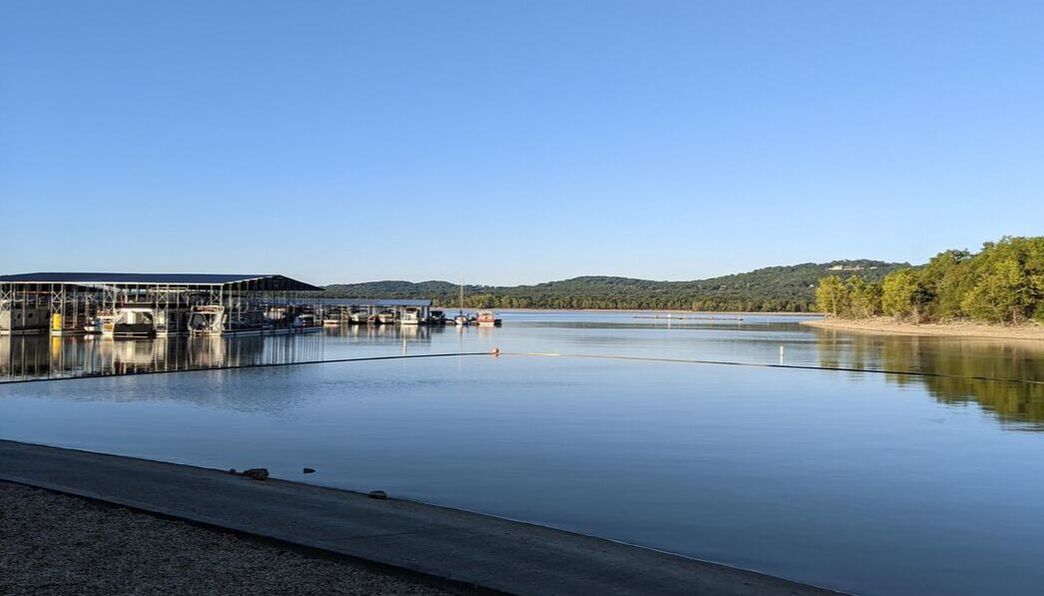 You may not realize it, but the city of Branson, Missouri, population 13,000, is a destination for live entertainment. It all started with the release of “The Shepherd of the Hills” novel by Harold Bell Wright in 1907, a portrayal of life in the Ozark Mountains. The story became an outdoor drama in 1960 that, along with other variety shows, drew visitors to the area. The influx of people led to the development of amusement parks and other attractions, restaurants, and hotels. And the tourist destination was born. The area offers something for everyone. If people-created venues aren’t your thing, you’ll find plenty of natural beauty as well: the White River, Table Rock Lake, the Ozarks, and caves. Known as the “Cave State,” Missouri is home to more than 6,000 caves. You can explore the region on boat, via zip line, or even by railway. If you’re into theme parks, you have a number to choose from, including Silver Dollar City and Bigfoot Fun Park. Or, you can save your time and money for other entertainment options in the area and get the feel of a rollercoaster just by driving the hilly roads, like we did. Here are some other highlights from our stopover. 1. Live Theater The Sight and Sound Theatre is what drew us to Branson. We had learned about it when we visited the original location in Lancaster, Pennsylvania, in 2020. Impressed at the phenomenal way the theater and its hundreds of actors and crew bring Bible stories to life in epic proportion, we wanted to check out the second locale. In Branson, we saw the life of Jesus on stage. The cast, the sets, the music, and the special effects all came together to present an extraordinary, immersive performance that helped us see more of the human side of Jesus. We walked away hungry to dig deeper into our Bibles and live more simply and lovingly, like Jesus did. Since Branson is home to more than 45 theaters, it didn’t seem right to attend only one in our week there. So, we took in another, this one a murder mystery dinner show. After a buffet meal of baked chicken, meatloaf, mashed potatoes and gravy, green beans, and mac and cheese, we sat and watched a whodunnit where audience members got to participate in the show. Starring a zany crew led by a husband and wife team, the Branson Murder Mystery kept us engaged and laughing all the way through — and trying to identify the murderer. 2. Museums Along with theatrical shows, Branson offers more than 20 museums, from the alluring Titanic Museum and the World’s Largest Toy Museum to a tractor museum, dinosaur museum, and military museum. Having visited Missouri last year with limited time, we opted to drive an hour to Springfield to explore Johnny Morris’ Wonders of Wildlife National Museum and Aquarium at the Bass Pro Shops national headquarters. What an experience! After navigating through a maze of taxidermied game animals and birds, some of which we’d never heard of, we entered the aquarium, where live fish greeted us. The full route through both areas brought us to live penguins, tree frogs, turtles, snakes, sharks, and even an albino alligator. And, we got to pet stingrays. 3. Branson Landing For a cheaper excursion, we toured Branson Landing. Stretching 1.5 miles along the White River, the alluring boardwalk features a collection of eclectic shops, kiosks, and restaurants. We dined at an Irish pub and then went on a treasure hunt to find the Rocky Mountain Chocolate Factory, which had moved. With ice cream in hand, we watched a water fountain show. It goes off every hour in front of a grassy amphitheater overlooking the river, imploring passersby to sit and enjoy. 4. BBQ No trip to Missouri would be complete without barbecue. We dropped into Smokin’ Bob’s BBQ to sample some. After explaining our nomadic living situation to the clerks, we asked what they would recommend for a couple who may never revisit their establishment and took them up on their suggestions.
Our mouths watered over smoked pork, brisket, sausage, ribs, and burnt ends nachos. Exclamations of “Yum!” and “So good” escaped in between bites. Delicious! We’re glad we made the trek to Branson. You might also like An Authentic Texas Experience. We had visited the state of Maine early in our marriage, going just over the border to the touristy but alluring towns of Kittery and York. There, we took obligatory pictures of the Nubble Lighthouse, dipped our toes in the frigid Atlantic Ocean, hit the outlet stores, and toured an old military fort. Wanting a more authentic Maine experience 30 years later, we headed farther north, to Bar Harbor, lured by stories of its beauty. Although it’s also touristy, we spent a week in the area, and an insider’s tips helped us get the most out of our stay. Delectable Seafood With a coastline that stretches more than 3,000 miles, Maine has been producing seafood since well before it became the country’s 23rd state in 1820. One of the most popular seafoods in the area is, of course, lobster. Believe it or not, lobster used to be considered poor people’s food and was fed to prisoners. That all changed in the 1900s when the Rockefellers hosted a dinner party at their Maine summer home and fed lobster to their guests. Our friend, Tom, whom we know from CAF Airbase Arizona, grew up in the Bar Harbor area and knows all the best places to get the freshest seafood. We met him at Union River Lobster Pot, located right on the river. While waiting for a table, we reclined on a wooden bench in a grassy expanse overlooking the river and caught up. Once seated inside, we chose from various sizes of lobster and other seafood entrees. I ordered a 1.5-pound lobster. Bob got a 2.5-pounder, and Tom got fried haddock. All of our meals were delicious. Bob and I must have looked like we knew what we were doing to get to the meat of our lobsters because a lady at the next table kept turning around to see if she was doing it right. Another evening, Tom referred us to the very freshest seafood in the area, at Beal’s Lobster Pier. It too offers a variety of lobster sizes, fresh off the boat, as well as lobster rolls, sandwiches, steamers, and fish. Bob got lobster and steamers. Not wanting to crack another lobster body open but wanting to partake in the delicacy, I ordered a lobster roll. Tom got the haddock taco special. We dined outdoors on the pier, reveling in the freshness of our meals. Scenic Drives What makes Bar Harbor a tourist destination is its proximity to Acadia National Park, which spans 38,000 acres of forested mountains, panoramic coastline, and picturesque islands. Part of our desire in visiting the area was to explore the expansive park. Based on Tom’s recommendation and its less popular status, we prioritized a visit to Schoodic Peninsula, a breathtaking, off-the-beaten-path area of Acadia. The winding road took us along the water’s edge, with stops to observe various rock formations and beaches, waves, and plant life. We even picked a handful of wild Maine blueberries on Blueberry Hill. Getting to Schoodic Peninsula requires a drive through the small town of Winter Harbor, where we stopped for breakfast. After filling up on an omelet and pancakes, we crossed the street to investigate the Winter Harbor 5&10 store. What a gem! The small space houses practically anything you might need, from dishes and towels to decorations, hardware, camping supplies, greeting cards and, of course, souvenirs. It also features a variety of local offerings. A few days later, we drove the main Acadia Park Loop Road, where most tourists to the area visit and hike from. Although we found the rock formations, sandy beach, Jordan Pond, and other sights attractive, they paled in comparison to the beauty we had experienced at Schoodic Peninsula. Water Opportunities Another Maine activity we relished would have never taken place had it not been for Tom’s recommendation. He suggested we make a trip to Northeast Harbor, investigate Pine Tree Market and its creaky wooden floors, buy a Maine specialty chicken salad sandwich with cranberry and something to drink, and meander to the harbor for a picnic. We took him up on the idea and had a wonderfully relaxing time. As we sat on a park bench delighting in our sandwiches, wine, and views, the Sea Princess cruiser arrived to dock. Thirty or so passengers disembarked from the afternoon harbor cruise, and another 30 or so arrived to go on the sunset cruise. Had we known about it ahead of time, we might have joined them. We weren’t dressed warm enough to go out on the water at sunset. Kayaks are also a common way to experience the water in the area. Another evening found us at Tom’s house overlooking a bay. If the tide hadn’t been out, we might have taken him up on his offer to kayak. There’s much more we could have seen and done in Bar Harbor, including a lumberjack show. We packed as much as we could into a work week, leaving us with pleasant memories of time well spent. You might also like 4 Cool Things to Do Along Lake Huron in Michigan’s UP.
A day off work while in Massachusetts gave us an opportunity to travel into Boston for a day of exploring. We gathered with friends at a commuter train station in Fitchburg and boarded for a 1.5-hour journey into the city. After deboarding, we went underground to catch a subway that would take us close to the start of Boston’s Freedom Trail at Boston Common. The 2.5-mile, red-brick trail meanders through the city, with stops and plaques at important places in history along the way. Here are some of our highlights. Historical Landmarks Erected in 1897, a bronze, sculpted memorial pays tribute to Robert Gould Shaw and the 54th Regiment, the first all-Black volunteer unit in the Civil War. (Think “Glory,” the movie that tells the story.) Although most of the regiment lost their lives in the attack of Fort Wagner in South Carolina in 1863, they changed the tide of American sentiment regarding Black soldiers. Across the street from the memorial stands the Massachusetts State House. The gold-domed building is open for free guided tours. We didn’t plan ahead, unaware we needed to schedule a tour. From there, we navigated past the Park Street Church (think “National Treasure”), King’s Chapel, the Boston Latin School, the Old South Meeting House, and two cemeteries in which key historical figures are buried: Benjamin Franklin, Paul Revere, and John Hancock, just to name a few. Opting to save our funds for melting pot food, we bypassed going inside King’s Chapel and the Old South Meeting House, both of which required payment for entry. Ready for a rest and a bite to eat, we stopped at Faneuil Hall, the home of America’s first town meeting. Directly behind it is Quincy Market, which hosts stalls peddling all kinds of food. We settled in at an outdoor Irish eatery that could seat our group. Our niece, Sarah, who lives in Boston and just graduated from nursing school, joined us for lunch. We munched on chicken and fish sandwiches, French onion soup, southwestern salads, and other delectable delights. Water Views and Italian Desserts Refreshed and refueled, we took a brief detour to explore beautiful Boston Harbor and its wharfs before rejoining the trail. It took us to Paul Revere’s house (another fee-for-entry point) and the Old North Church, the start of Paul Revere’s midnight ride to announce that the British were coming. Wanting to sample some sweet treats while in the area, we veered off the trail and into the North End, known for its authentic Italian dishes, pastries, and coffees. Mike’s Pastry is where most visitors go. Sarah gave us the inside scoop and directed us to where the locals go: Bova’s Bakery. Pastries of all kinds and colors filled the glass showcase: cheesecakes, cannolis, lobster tails, cakes, cookies, chocolate-covered strawberries, and more. I chose tiramisu, and Bob selected Boston cream cake. Our friends got their goods, and we headed back to the tree-shrouded courtyard between Paul Revere’s midnight ride statue and the Old North Church to enjoy our delicacies. Relaxation on the Wharf Electing to save a mile of walking by skipping visits to the USS Constitution and the Bunker Hill Monument, both of which we’ve seen before, we headed back toward Quincy Market. Bob and Sarah made a stop at the Union Oyster House for some fresh raw seafood. The rest of us moseyed on to Faneuil Hall, where we decided we had had enough walking for one day. After Bob and Sarah caught up, we ambled back to the wharf to a place called Joe’s for rest and refreshment. Seated with an expansive view of the water, we shared appetizers of buffalo chicken tenders, spinach and artichoke dip, nachos, and candied brussels sprouts. Satisfied with a good day in Boston, we navigated to a T subway station, stopping to pick up coffee at Dunkin’ on the way. Dunkin’ got its start south of Boston in Quincy in 1950. We said goodbye to Sarah and descended to catch a subway that would take us to Union Station, where we boarded a train back to Fitchburg. You might also like Our Life on the Mighty Mississippi.
The state of Virginia has a lot to offer visitors. From history to beaches to natural attractions (think caverns and a bridge) and more, you’ll find something for everyone. What we enjoyed most was exploring the state’s vast history, thanks to our friends, Jim and Jenny, treating us to an amazing tour. Here are seven highlights, in no particular order: 1. George Washington’s Mount Vernon Spanning 500 acres today, Mount Vernon pales in comparison to its expansive 8,000 acres when the first U.S. president lived on the 18th-century plantation. The estate maintains a colonial feel, with workers dressed in period costumes to tell visitors about life in the 18th century. A walking tour will take you through stables, a blacksmith shop, gardens, the mansion, the distillery and gristmill, and even down to the wharf on the Potomac River. You can sit on a rocking chair on the mansion’s back porch and enjoy the view. Two museums on the property provide more details about the colonial days and estate. 2. Smithfield Ever heard of Virginia ham? What designates a ham with the Virginia label is the curing process: cured with salt, then smoked and hung to age in a smokehouse. The town of Smithfield, established in 1752, started its own Virginia ham business early on, thanks to the vision of Mallory Todd. Today, Smithfield houses the headquarters of Smithfield Foods, the world’s largest producer of pork, with locations in 29 states, as well as Europe and Mexico. Pork may be the staple of the town of Smithfield, but that’s not what draws visitors there today. Fifteen 18th-century houses and boutique shops line its main streets, offering a walking tour through history. You can even eat at a soda fountain and go inside a replica of the 1752 courthouse. And, for the small fee of $2 per person, you can see the world’s oldest ham and oldest peanut at the Isle of Wight County Museum. 3. First Landing State Park The first English settlers arrived on the shores of Virginia in 1607 at Cape Henry, right around the corner from First Landing State Park in Virginia Beach. The park spans 2,888 acres, offering 20 miles of trails, more than 200 campsites, 20 rustic cabins, four yurts, and 1.5 miles of Chesapeake Bay beach. The campground pays homage to the first landing with a historical exhibit in the office. Camping here served as a jumping-off point for us to investigate other historical attractions in the area. It also provided ample opportunities to walk to the beach on a whim and take in sunsets. 4. Jamestown Island After exploring the coastal areas of Virginia, the 104 English men and boys who landed at Cape Henry decided to make Jamestown their permanent home. The Jamestown Settlement, a living-history museum, lures visitors to relive life in the first English colony. If you want a more authentic experience, don’t stop at the Jamestown Settlement. Keep driving to Jamestown Island and visit Jamestown Rediscovery, where archaeologists are at work unearthing the historical Jamestown Fort. You can see the foundations for yourself and a replica of the Memorial Church, built to commemorate the 300th anniversary of the settlement. A tour through the Archaearium Museum gets you up close to artifacts the settlers used and provides insights into what life was like during the “Starving Time,” when two of every three Jamestown colonists died. 5. Colonial Parkway/Yorktown Battlefield After exploring Jamestown Island, you can enjoy a scenic, relaxing drive on the Colonial Parkway, which will take you from Jamestown to Yorktown. The 23-mile drive navigates through tree-covered roads, with historical stops along the way, including colonial Williamsburg. We didn’t stop there, opting to keep going to Yorktown. There, a driving tour meanders through the Yorktown Battlefield and the allied encampment, with placards detailing historical facts along the way. 6. USS Wisconsin Battleship With its location on the water, Norfolk has a long military history, dating back to 1917, when the U.S. entered WWI. The Naval Operating Base of yesteryear is now Naval Station Norfolk, the world’s largest naval station, supporting 75 ships and 134 aircraft. As a government employee, our host, Jim, was able to get us onto the naval base for a closer view of the amazing watercraft and aircraft our military uses. We saw carriers, supply ships, helicopters, airplanes, and much more. If you’re not able to get onto the base — and even if you are — visit the static display of USS Wisconsin, one of the Navy’s largest and last battleships built. You can take a self-guided tour to explore its decks. For a guided tour, $20 per person will get you either the engine room tour or the command and control tour. 7. Military Aviation Museum Because of our affiliation with the Commemorative Air Force, we’re drawn to aviation museums. The Military Aviation Museum in Virginia Beach did not disappoint. It offers a hangar dedicated to WWI planes and another two to showcase WWII planes, separated by Army and Navy.
The extensive collection of airplanes that still fly, landing on a grass strip, includes a B-25, “Wild Cargo,” named for her civil duty of transporting snakes and alligators after the war. Another notable warbird is the PBY Catalina, a mammoth flying boat. The collection spans fighters, bombers, trainers, liaisons, and more. And, you can take a guided tour of the Goxhill Tower, the authentic British “Watch Office” transferred from Europe to Virginia brick by brick and put back together. You might also enjoy A Historical Stop. When we think of Florida, we think about beaches, Disney World, the Everglades, alligators, orange juice, and hurricanes. We don’t think about murals — at least we didn’t until we made a stop in Lake Placid, Florida, near Sebring in the central part of the state. Philadelphia may be the “Mural Capital of the World,” but Lake Placid is known as the “Town of Murals.” In 1992, residents were looking for a way to liven up the small town (population 2,223 as of 2010) after an economic downturn. A couple suggested murals could draw visitors. The town liked the idea, and the couple founded the Lake Placid Mural Society with the goal of beautifying the town and telling its story. Today, nearly 50 murals cover building walls in the downtown area, bringing history to life in picturesque detail. To ensure the murals capture the story of Lake Placid, the mural society only allowed depictions of things that are native to the area, including plants, birds, animals, and people. Perhaps more interesting, most of the murals include hidden objects. The artists purposely added mystery and intrigue into their lifesize drawings. A book is available at the city’s Chamber of Commerce for $4 that tells the story of each mural and provides instructions on what hidden items to look for. We enjoyed touring the town and searching the images for the hidden treasures. Known by Many Names Murals aren’t the only things attracting people to the town of Lake Placid. It’s also known as the “Caladium Capital of the World” and the home of Toby’s Clown School. Altogether, these three nicknames earned the town the moniker of “America’s Most Interesting Town” by Readers Digest magazine in 2013. Lake Placid grows 95% of the world’s caladiums and has an annual caladium festival. If you’re unfamiliar with caladiums, like I was, they have heart-shaped leaves and are also referred to as elephant ear and angel wings. More than one of the town’s murals depict the plants. The clown school still churns out graduates, to the tune of more than 1,500 since 1993. Wannabe clowns take 25 hours of classes to become certified entertainers. Aircraft Connection Although interesting, the murals, caladiums, and clown school aren’t what drew us to Lake Placid. We went there to visit friends. Greg and Sharon are some of the kindest, most generous people we’ve ever met. They even let us moochdock on their lakefront property, which gave us an inviting taste of paradise. We know Greg and Sharon through the Commemorative Air Force, so it only seemed fitting that the four of us visit the state’s annual weeklong fly-in and airshow, Sun ‘n Fun, in Lakeland. We arrived at the show on the last day and were a bit disappointed to have paid full price only to find aircraft leaving early to return to their home bases. Despite that, we saw all kinds of planes, including a PBY Catalina “flying boat,” an A-26 Invader, a B-1 supersonic bomber, the second of only two airworthy B-29 Superfortresses (“Doc”), a number of Stearman bi-planes, and some fighter jets. We got to tour a still-active KC-135 Stratotanker and even talked to the boom operator who has to align the boom with another plane in flight to fuel it. Wanting to get our money’s worth, we stuck around for the airshow in the afternoon, and it did not disappoint. From skydivers who flew in formation to proudly display the American flag to an F-18 Rhino and A-10 warthog performing maneuvers, we watched in amazement as announcers explained the planes’ actions and pilots pushed the machines’ limits. We definitely got our money’s worth.
|
AuthorThis is the travel blog of full-time RVers Bob and Lana Gates and our truck, Gulliver, and fifth wheel, Tagalong. Categories
All
Archives
July 2024
|
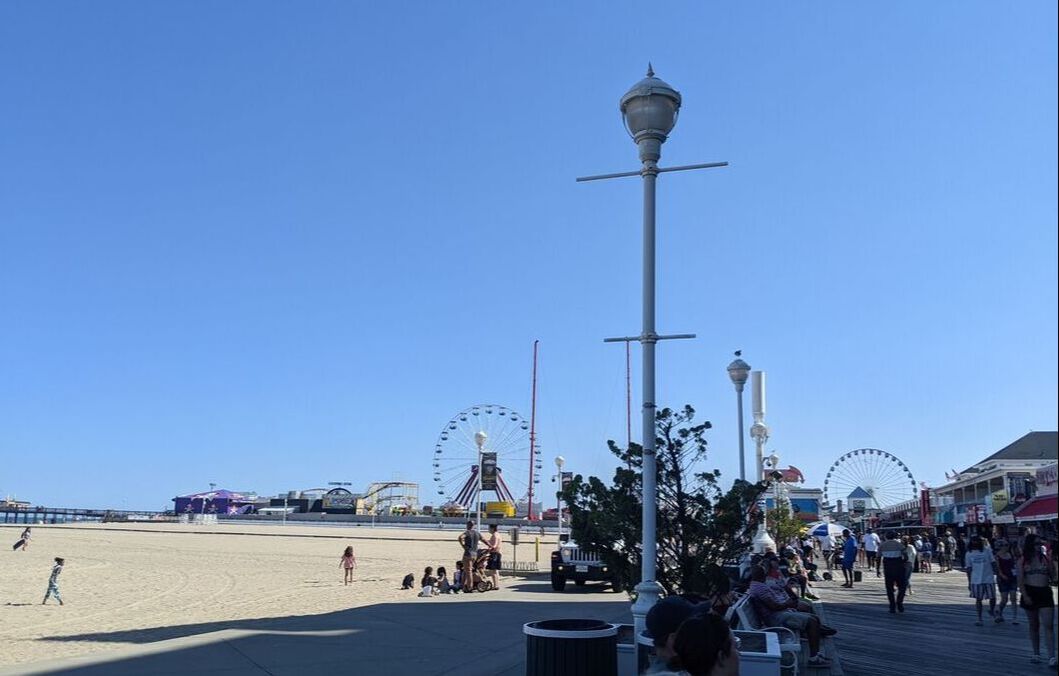
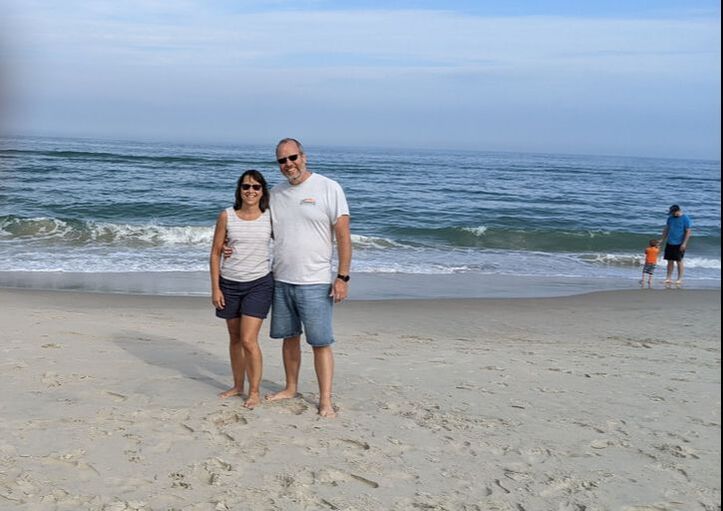
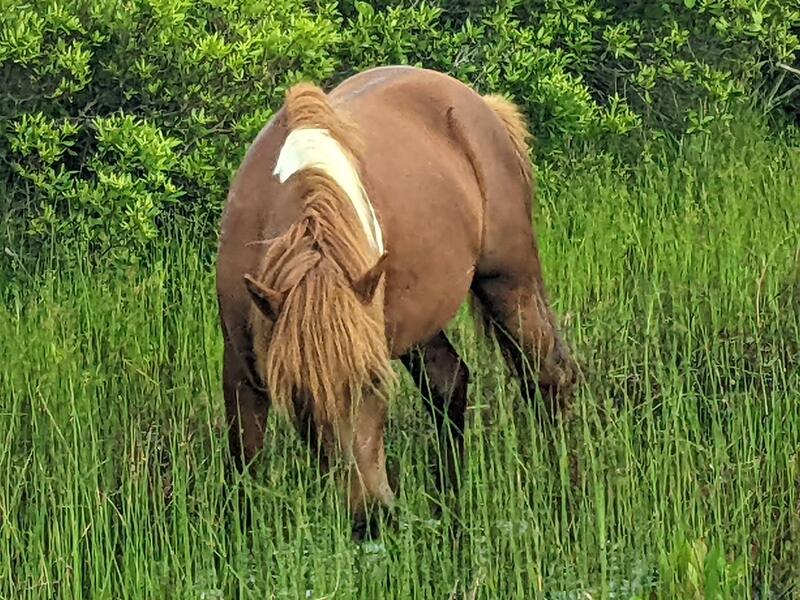
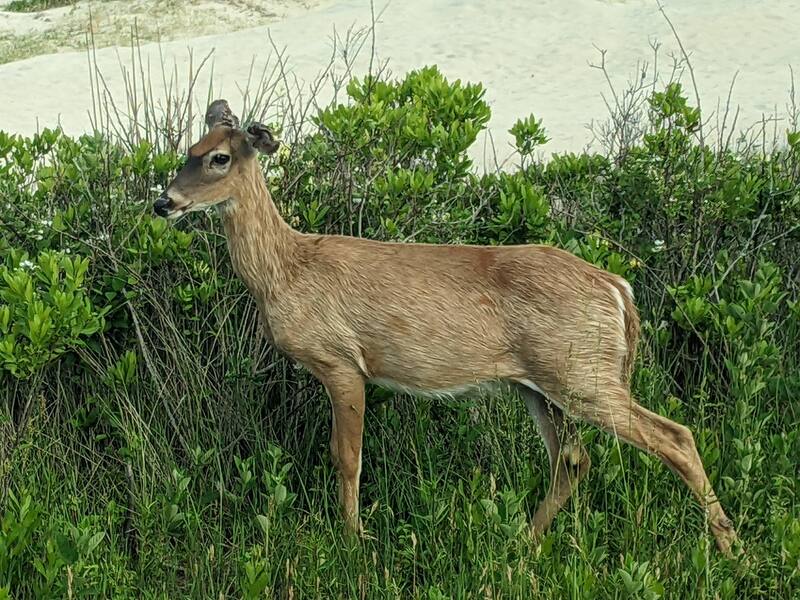
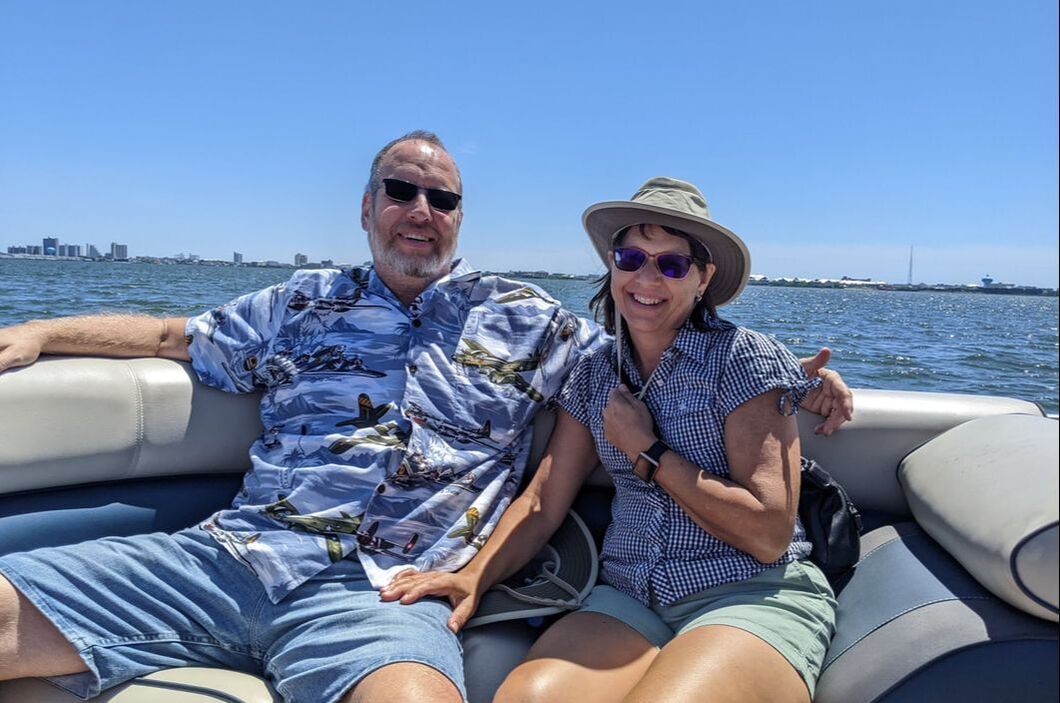
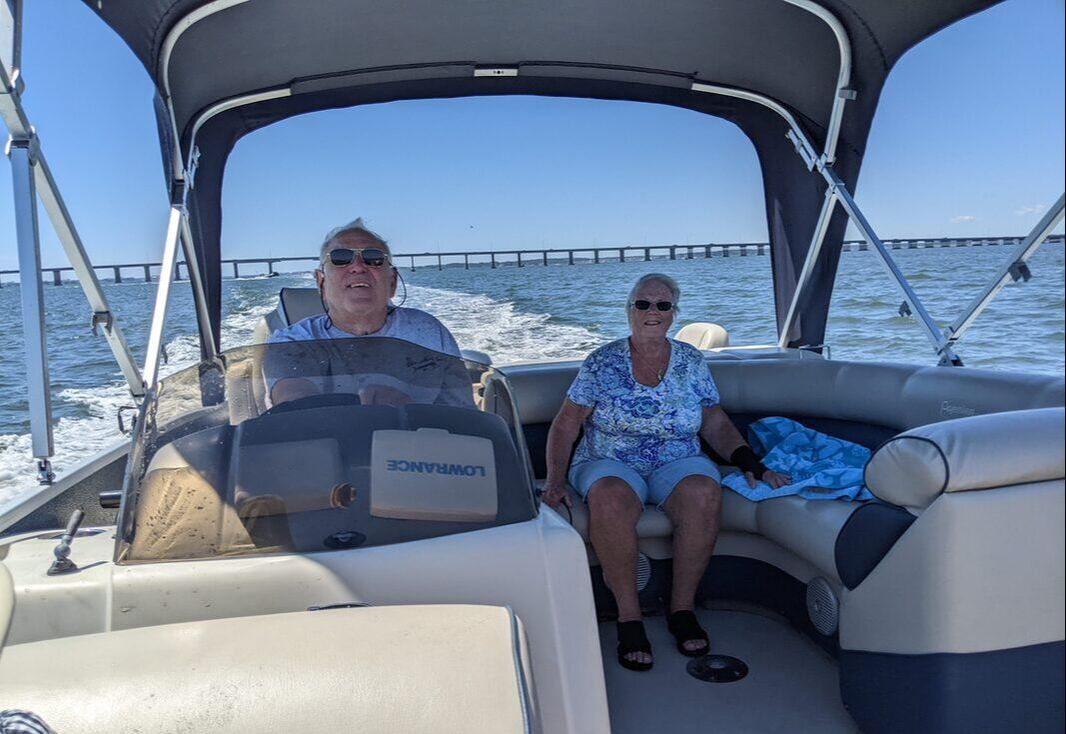
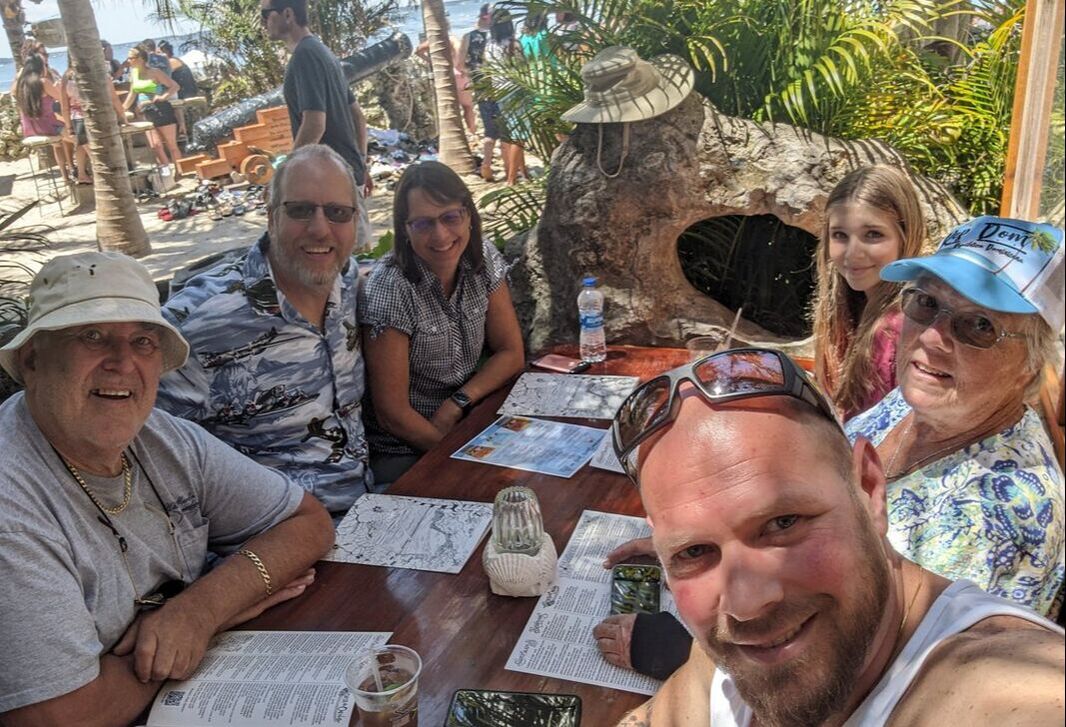
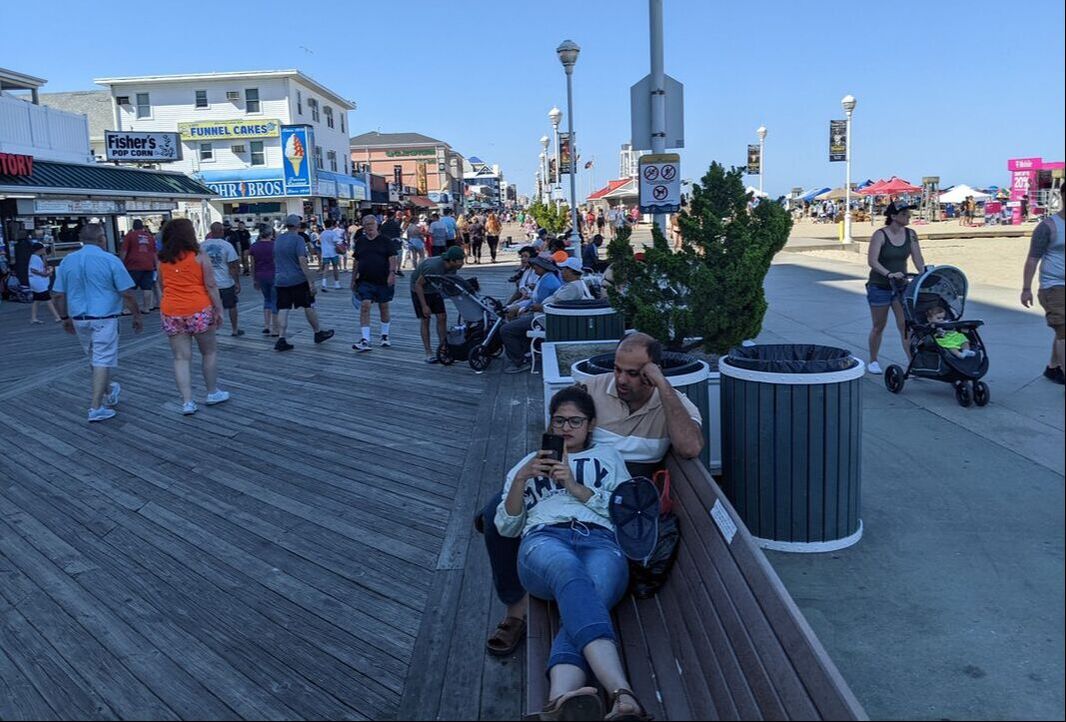
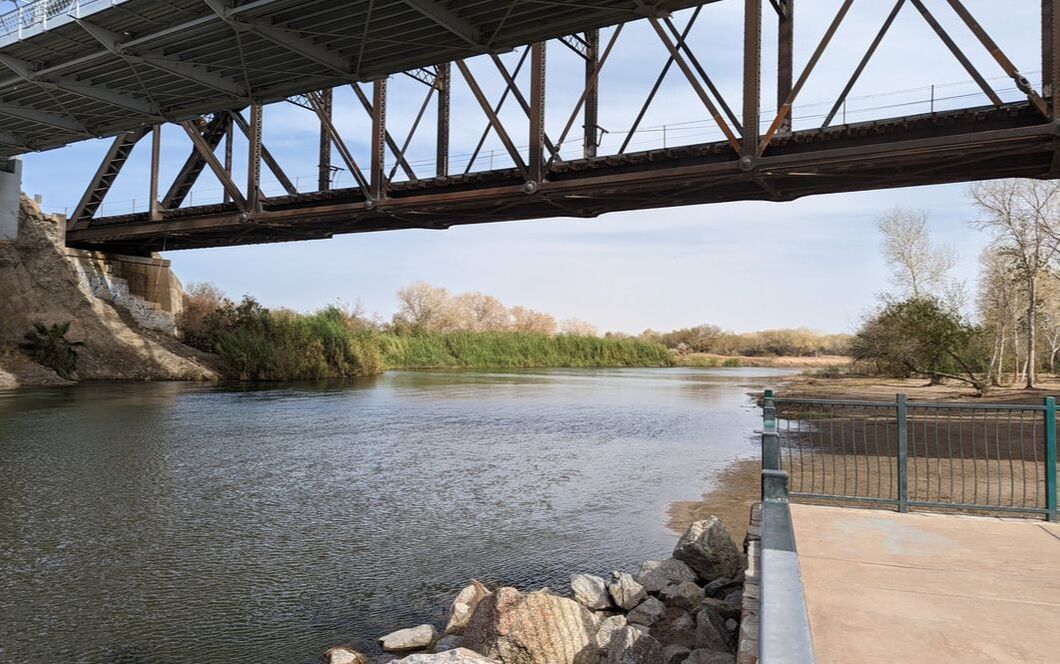
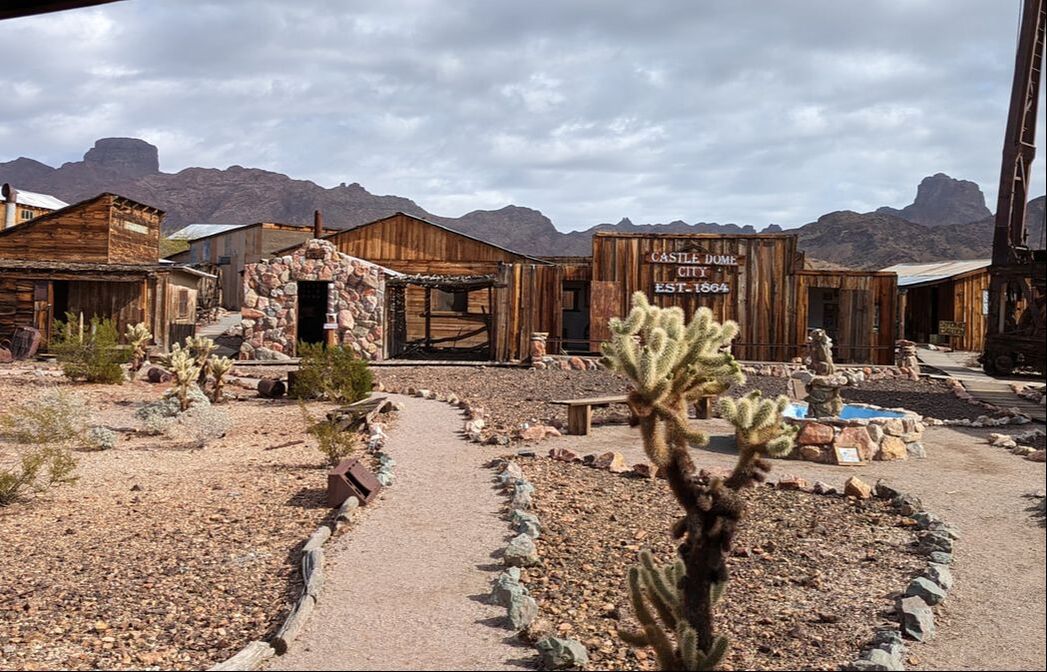
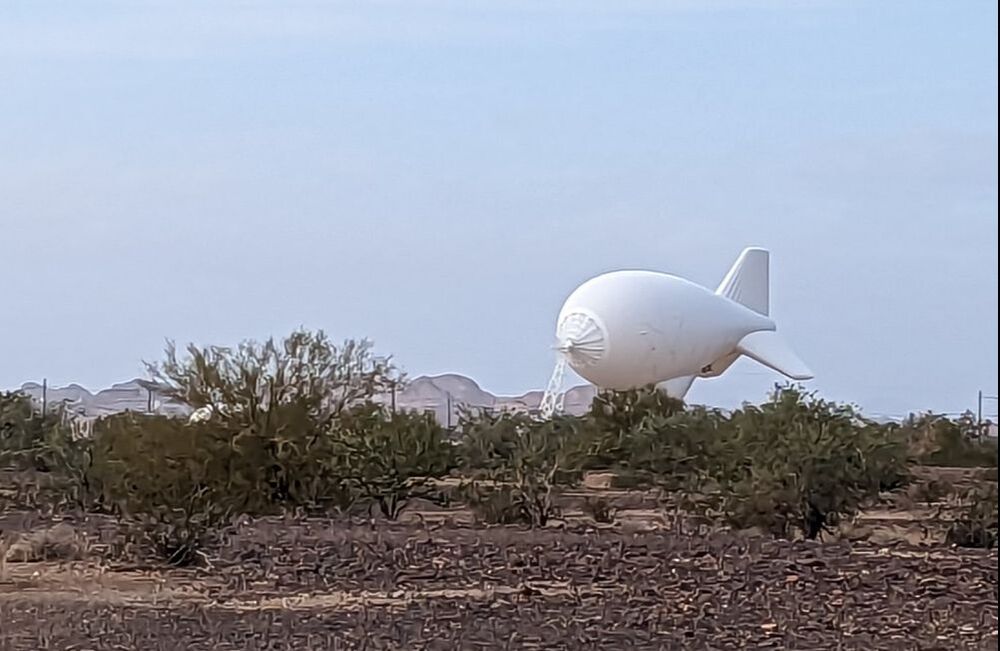
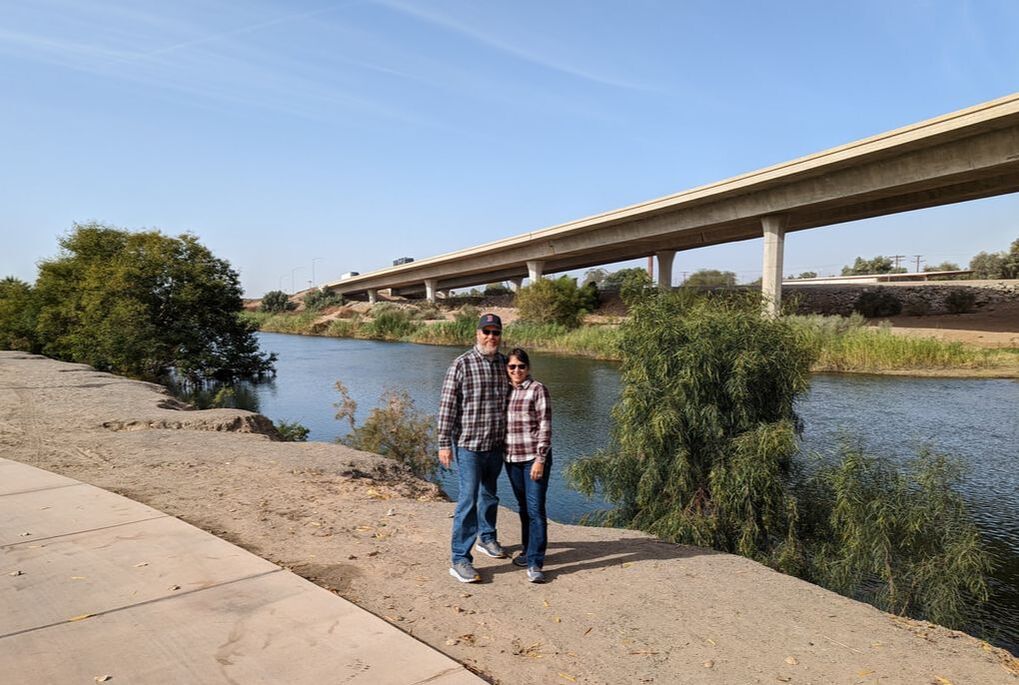
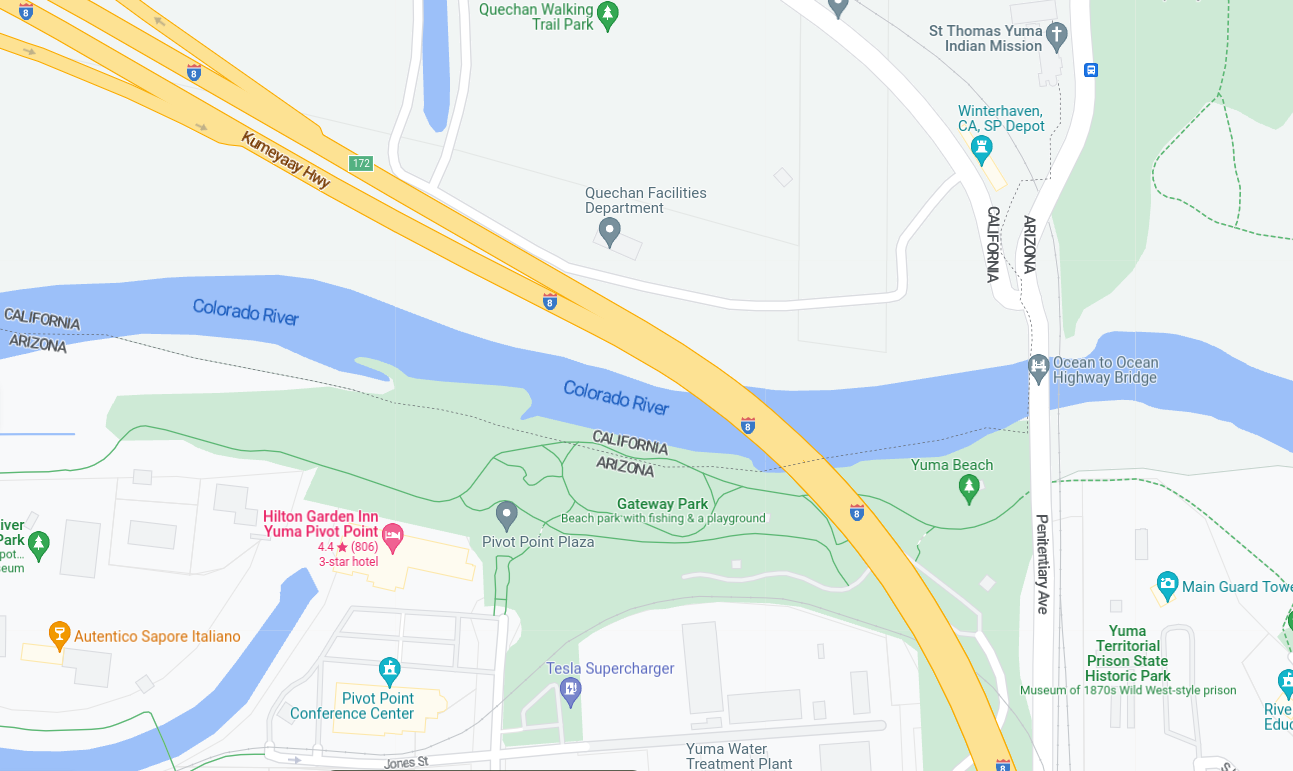
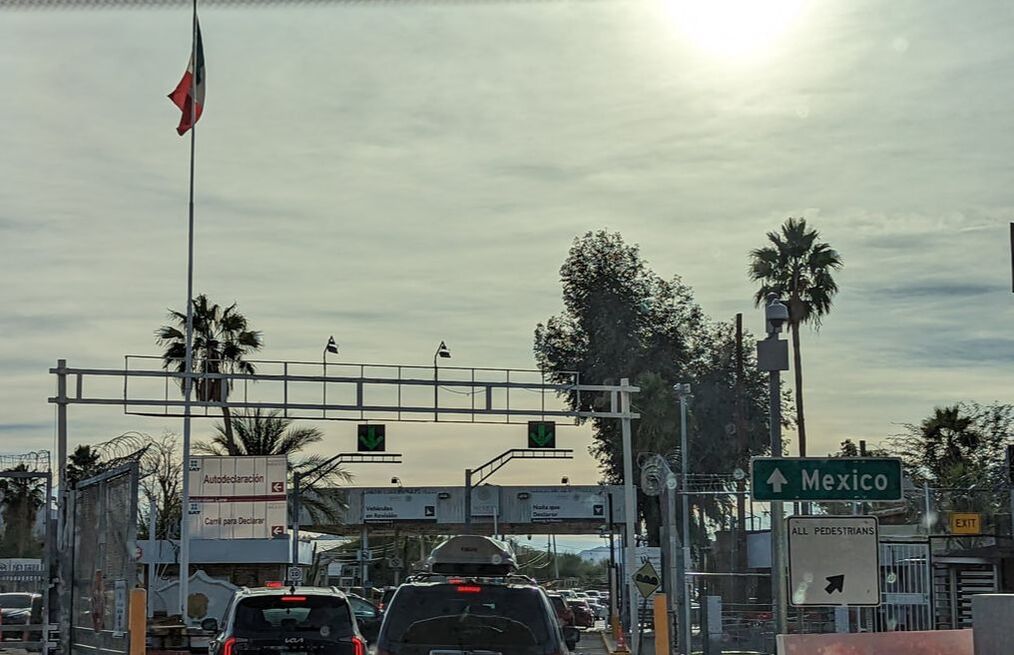
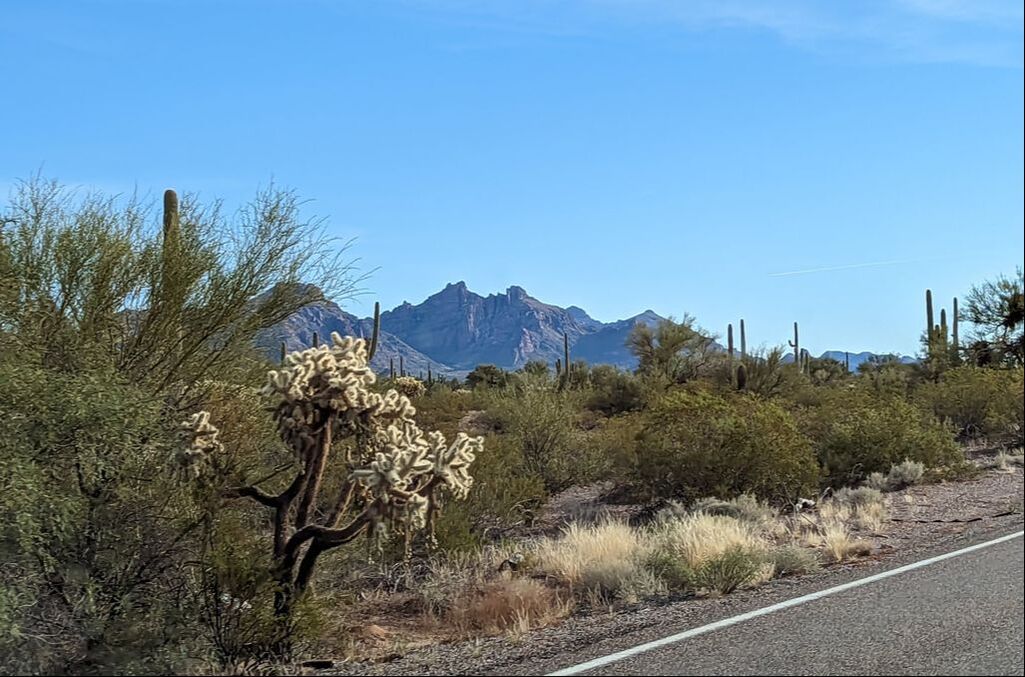
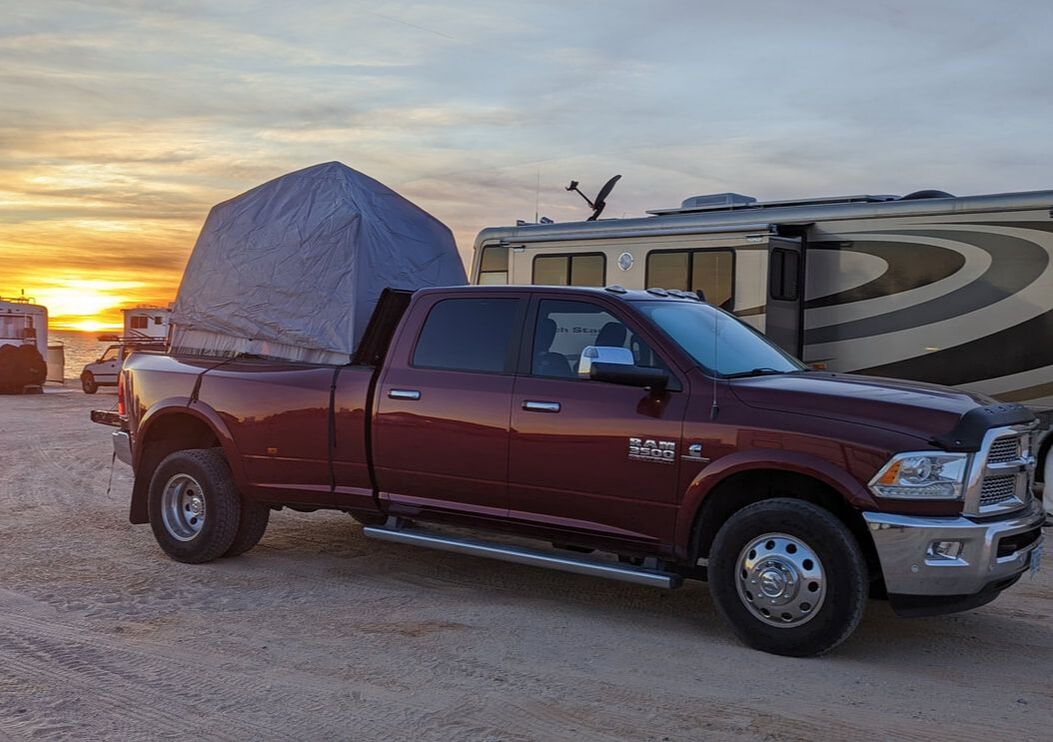
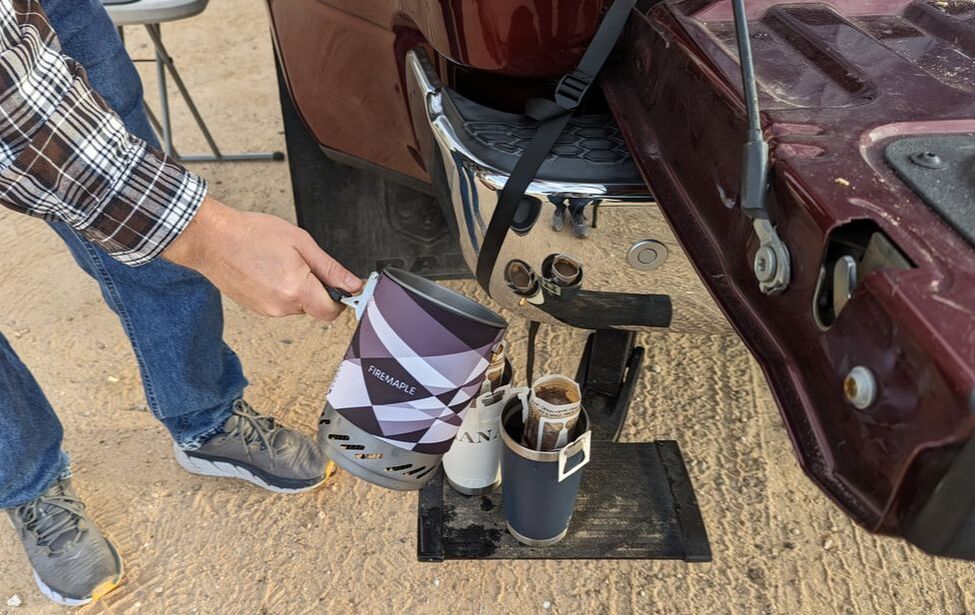
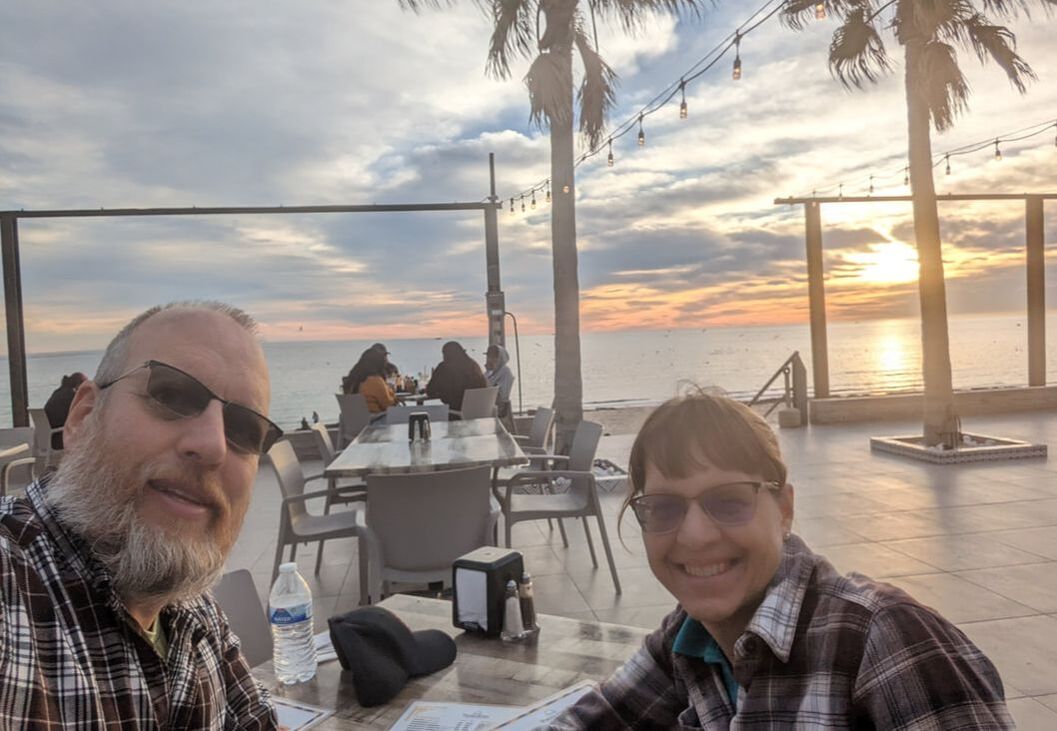
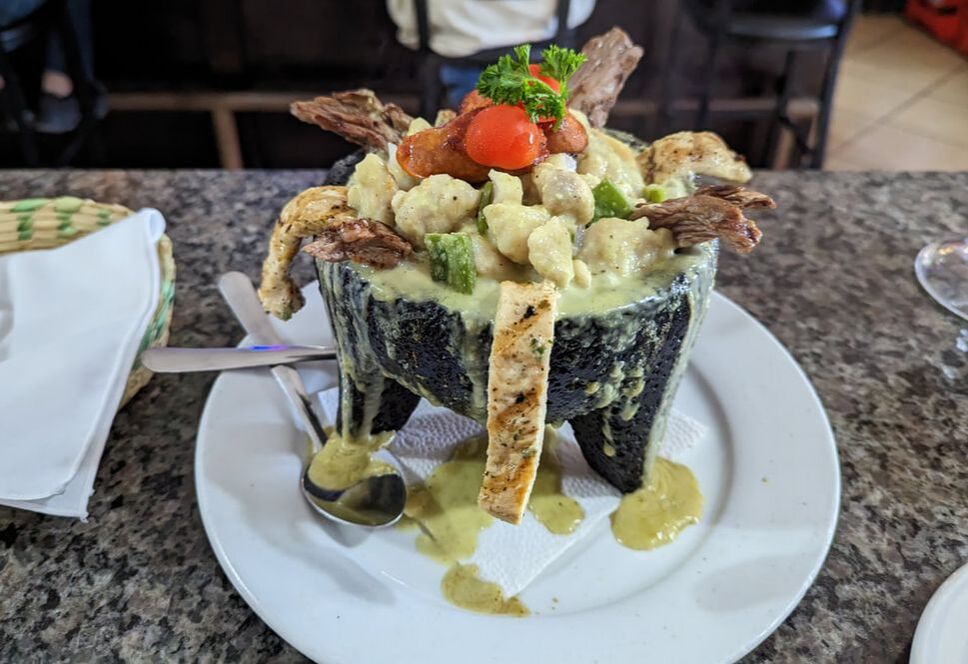
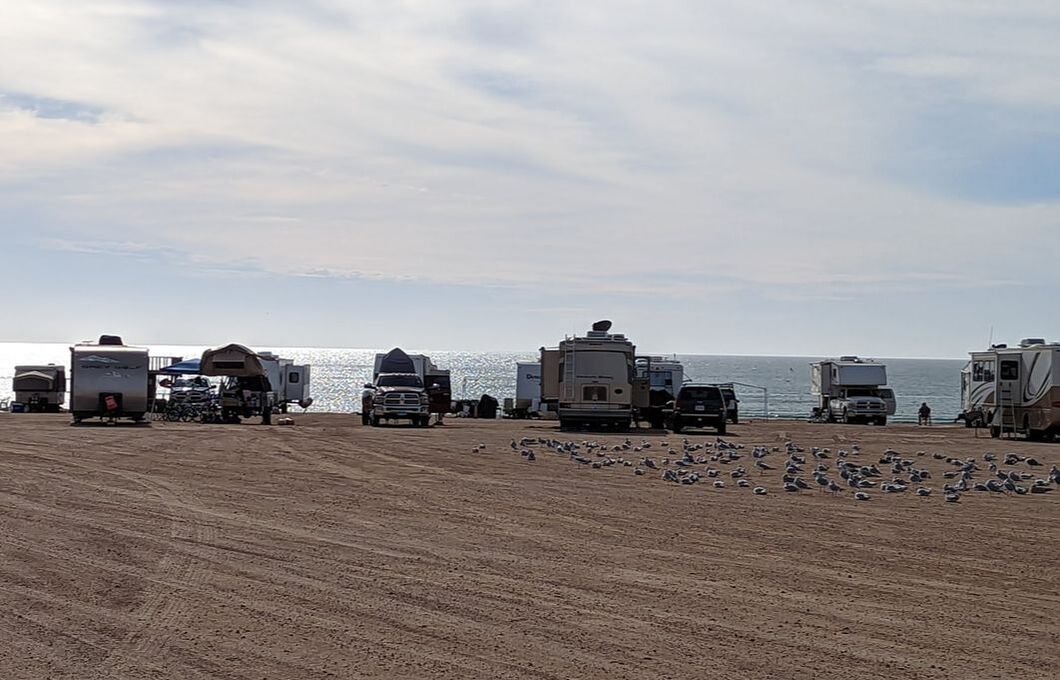
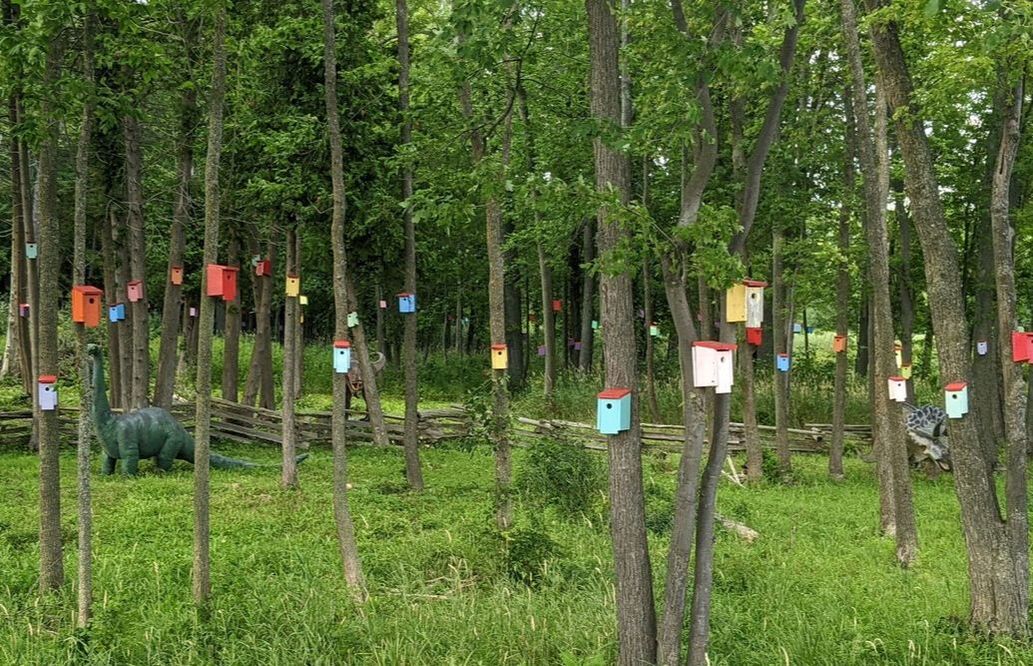
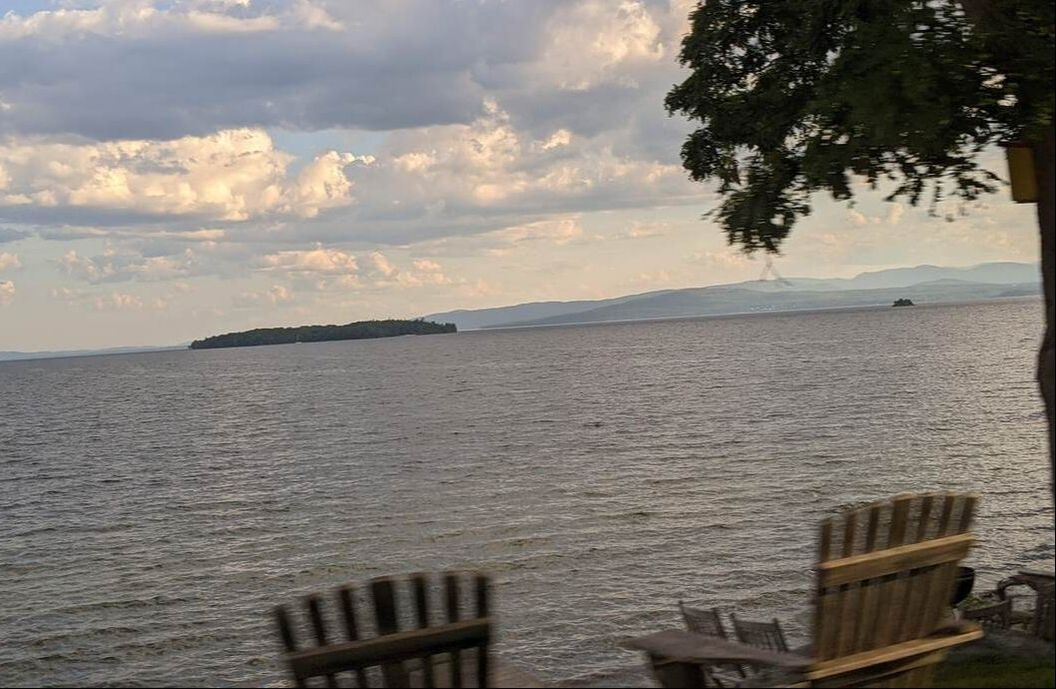
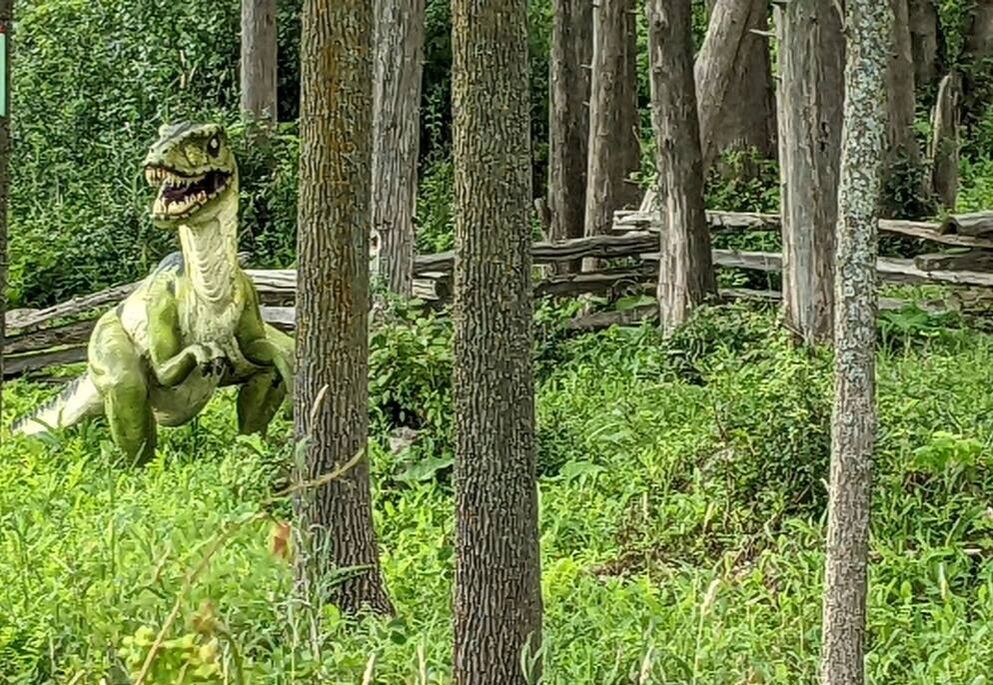
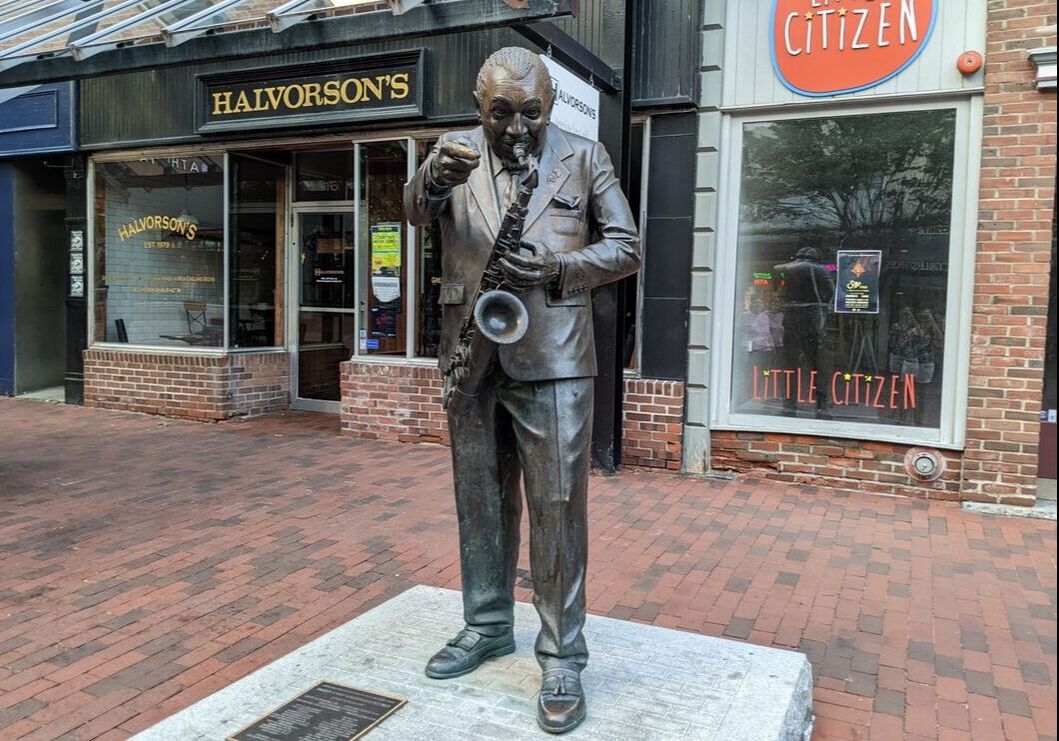


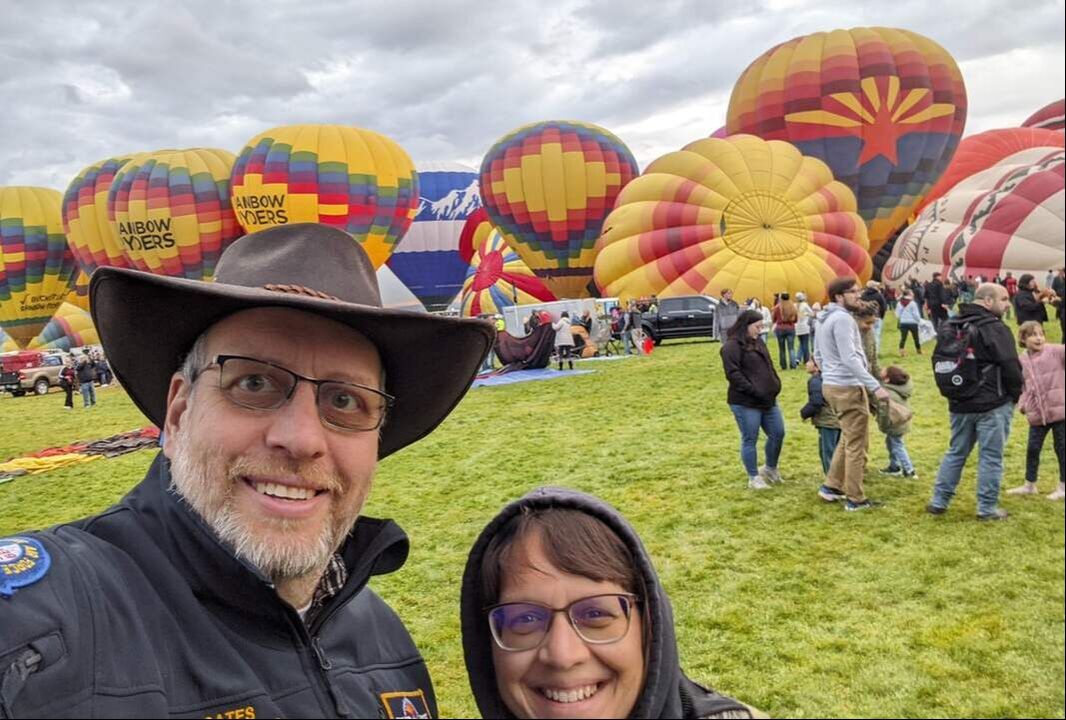
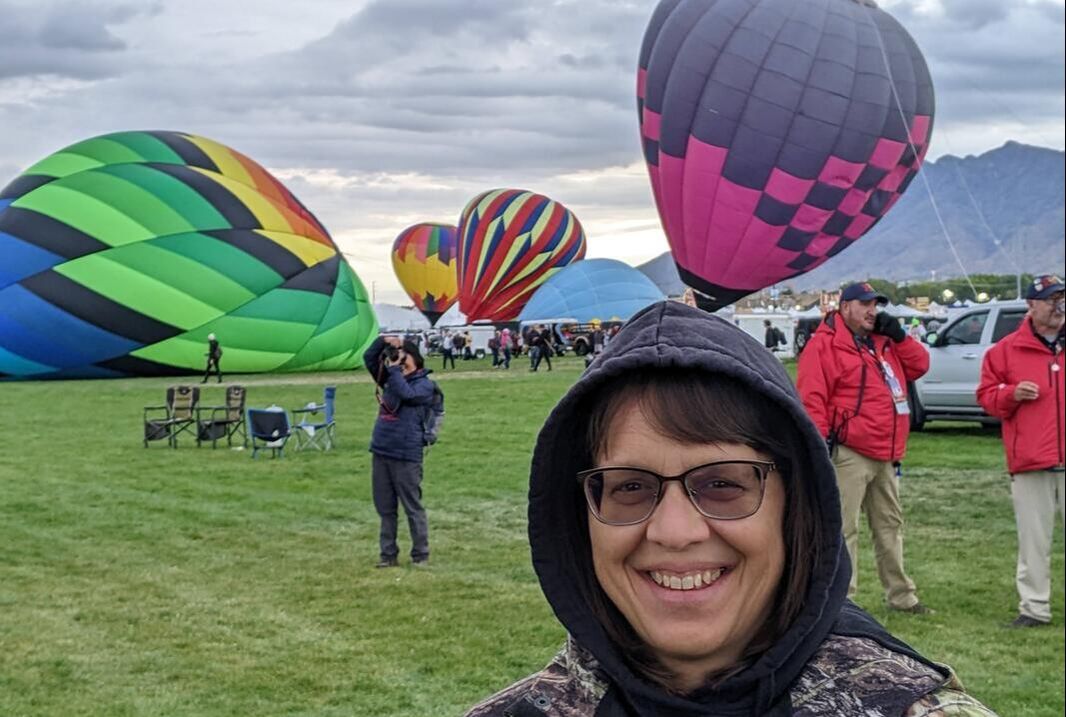
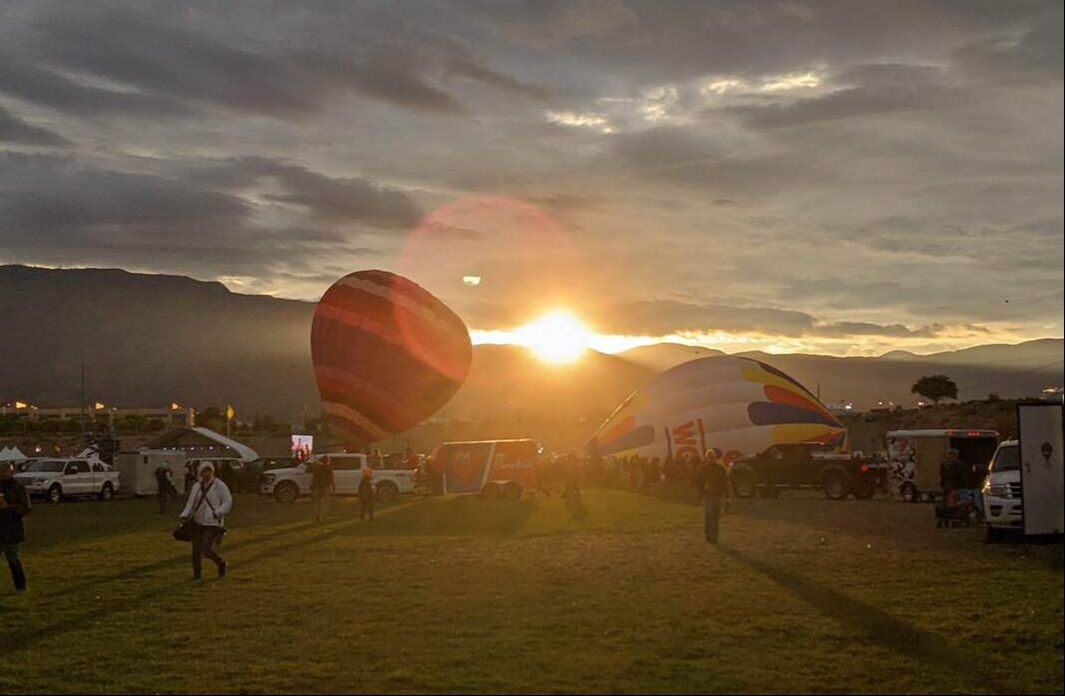
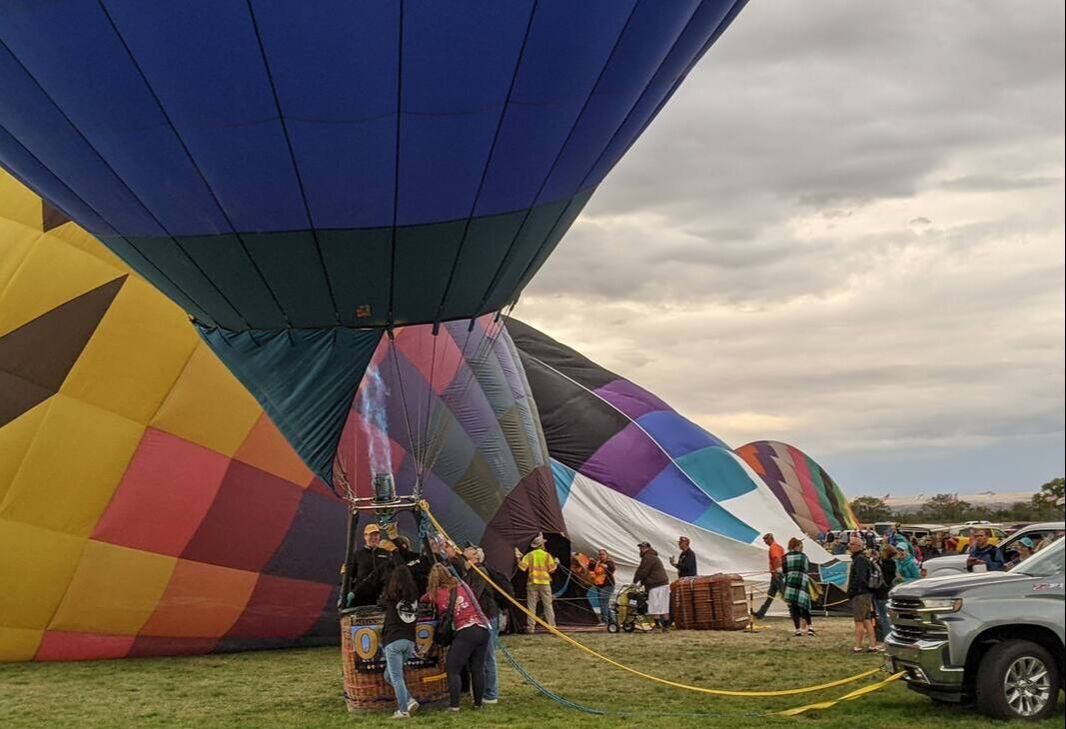
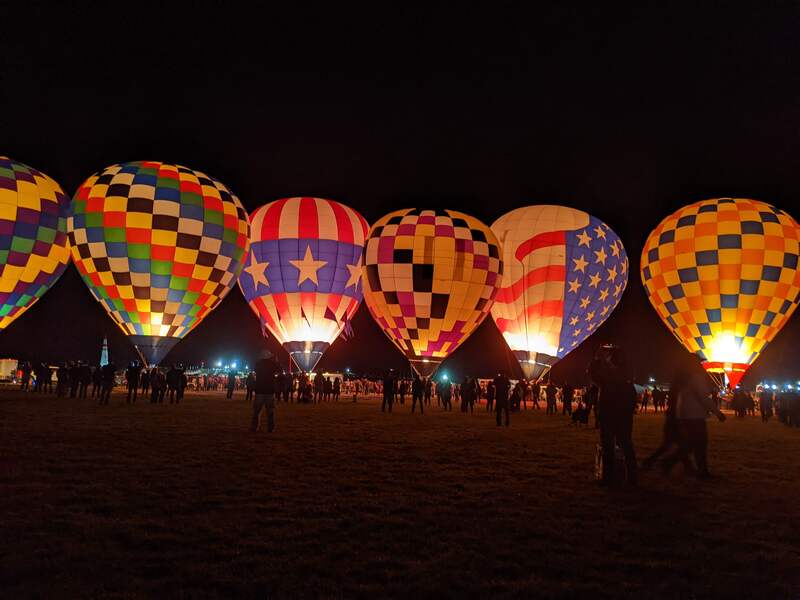
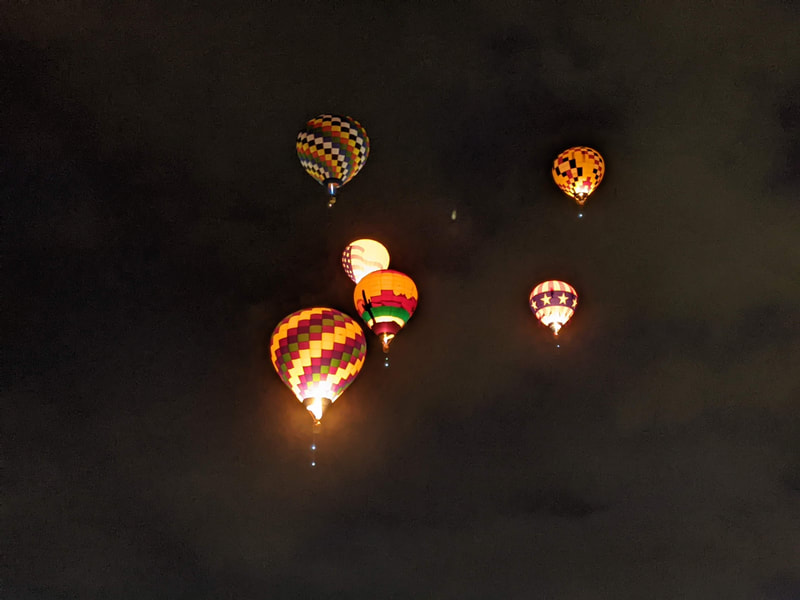
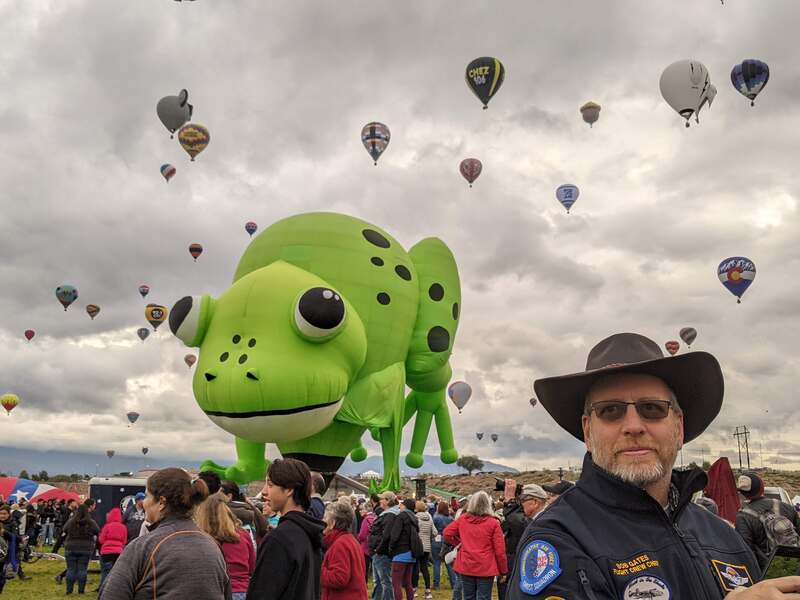
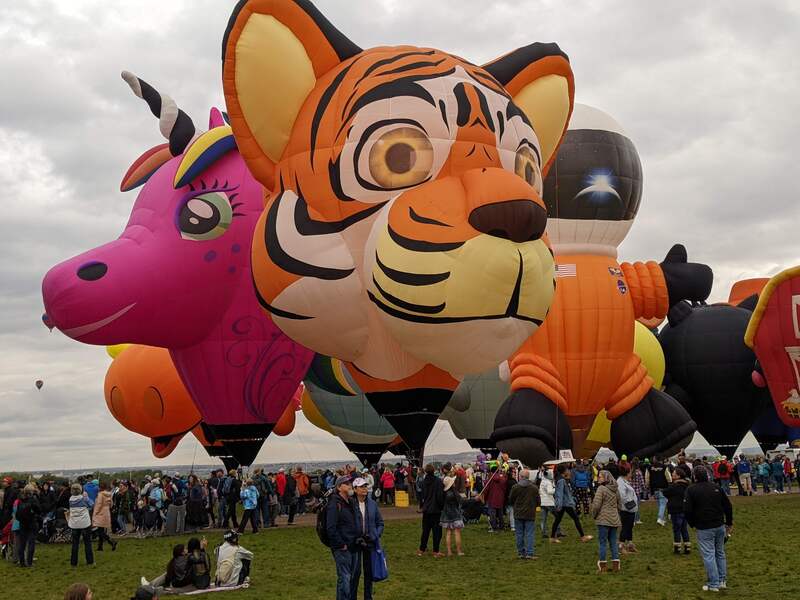
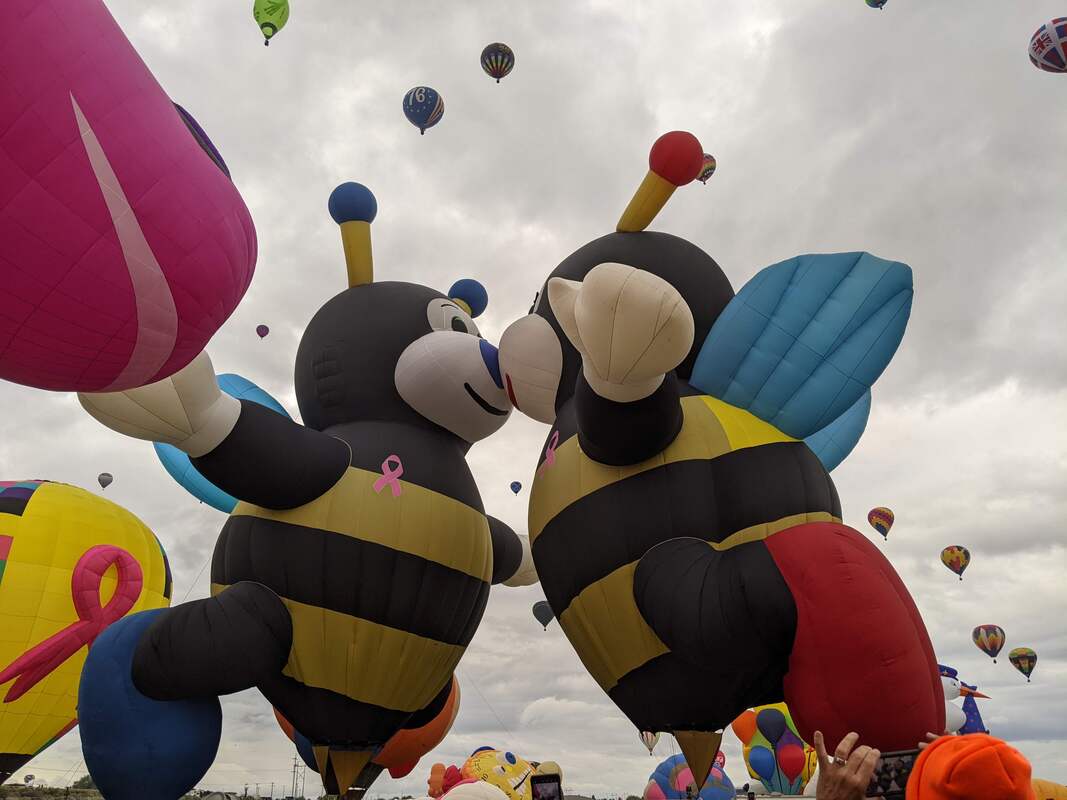
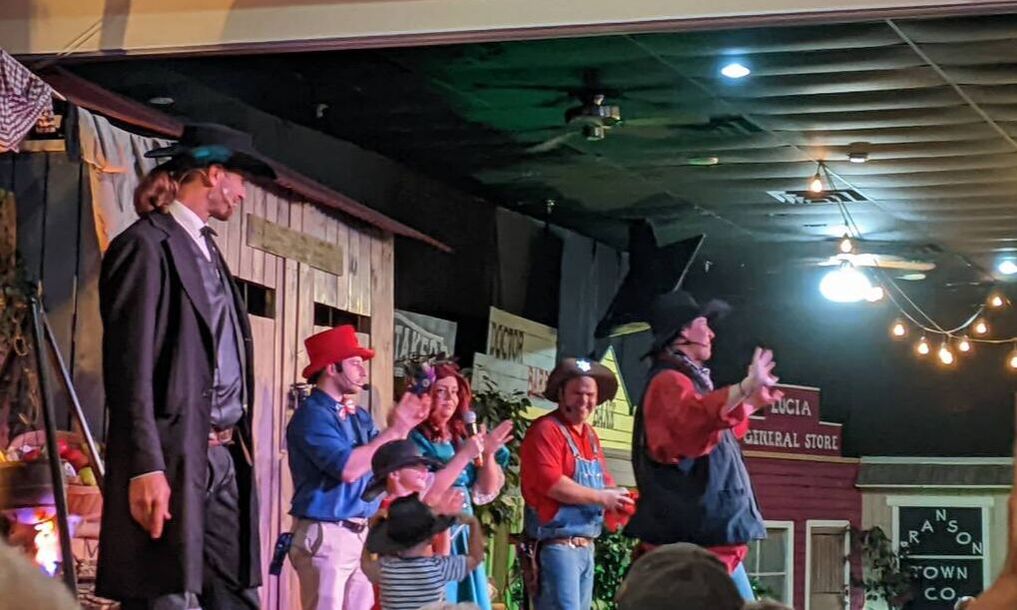
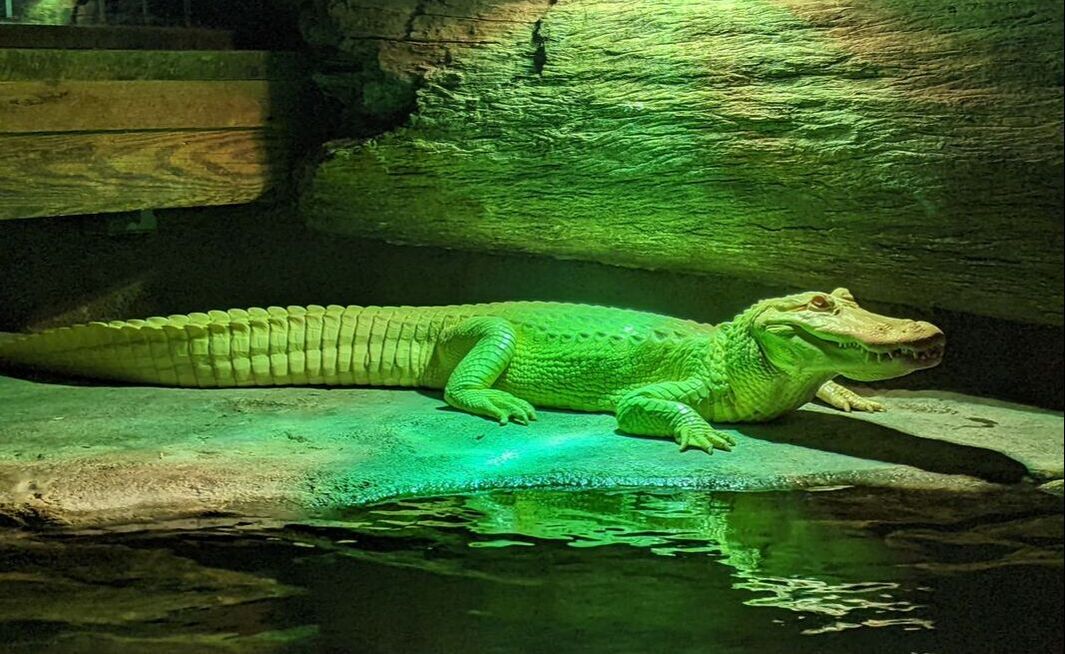
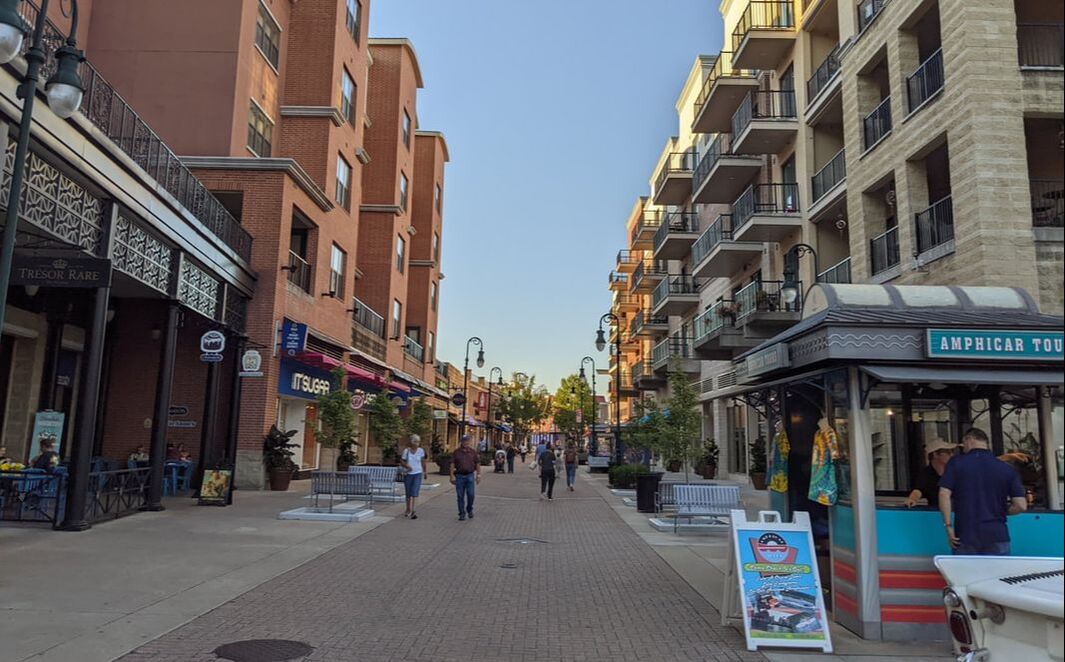

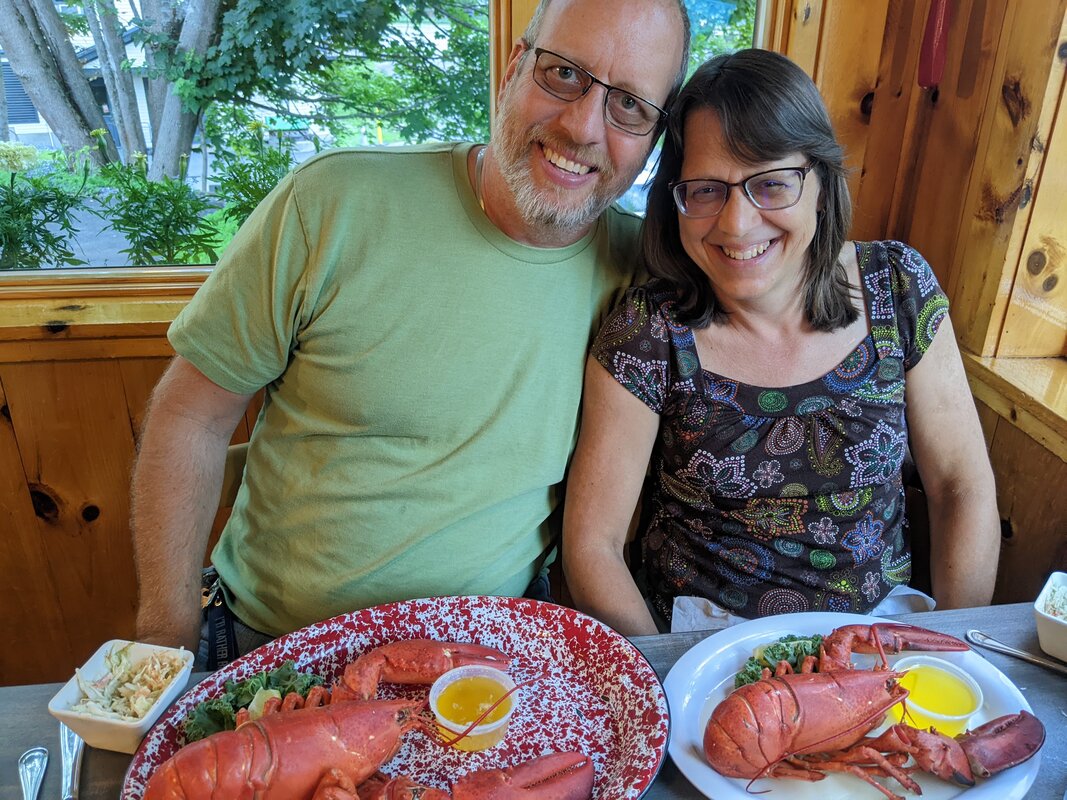
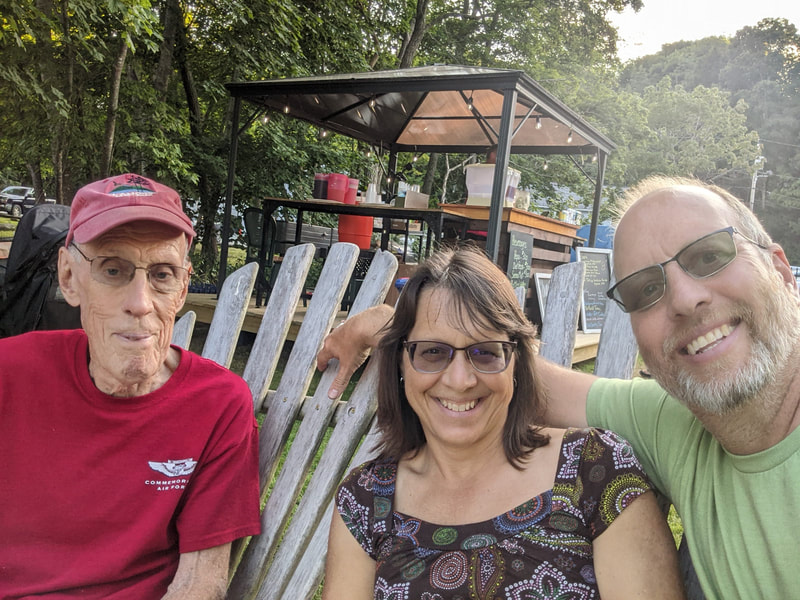
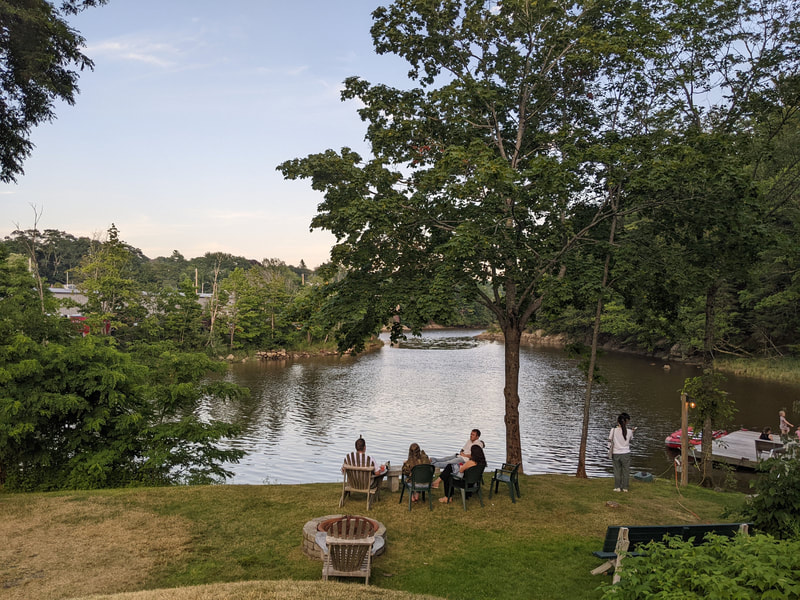

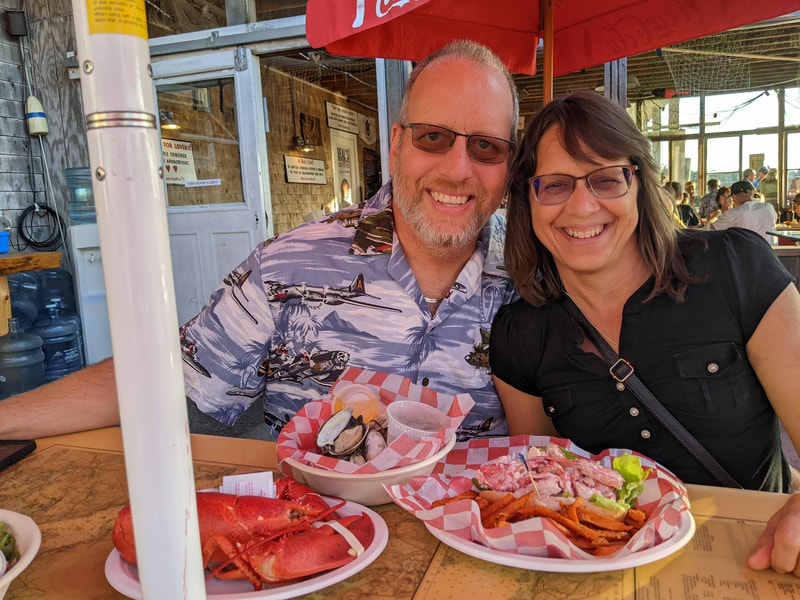


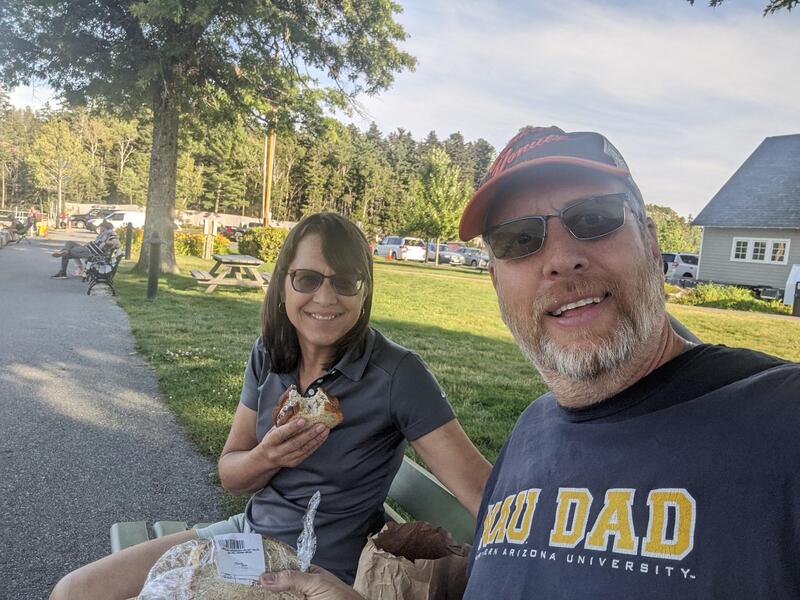
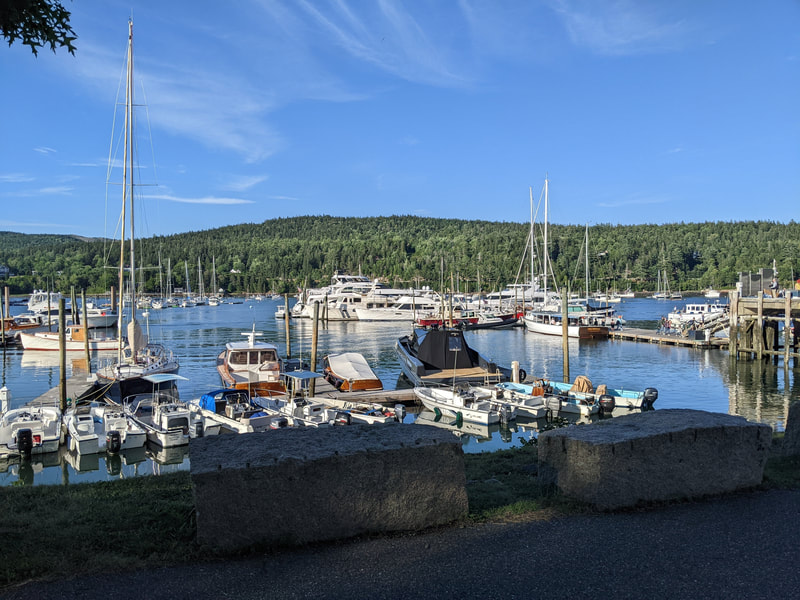
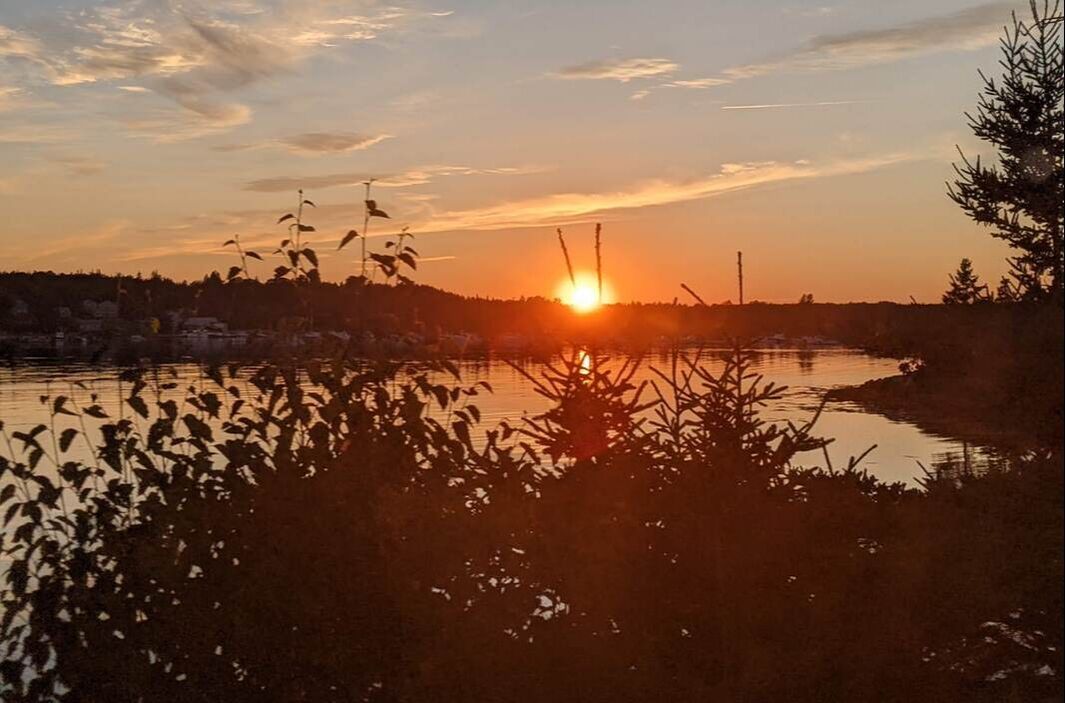
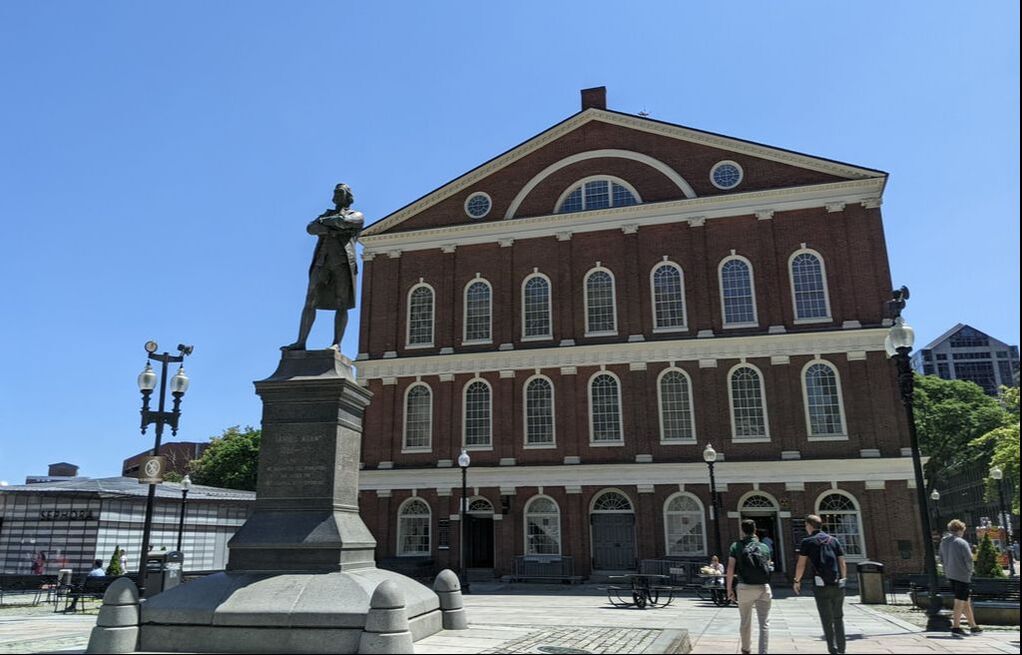
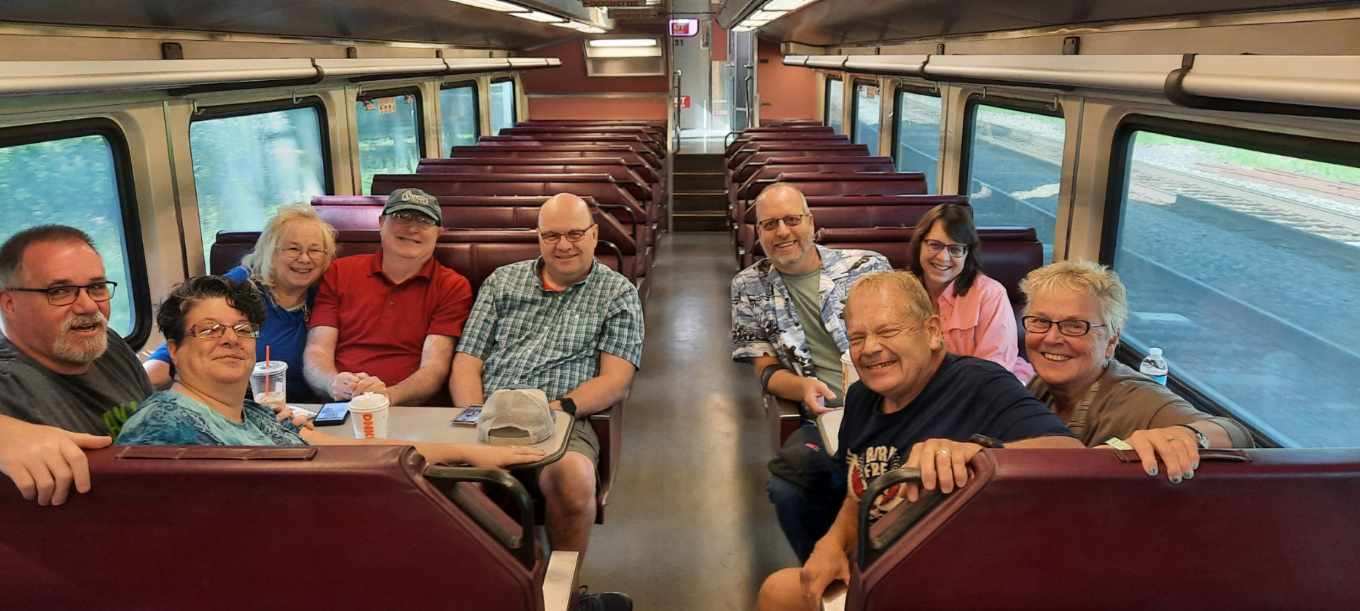
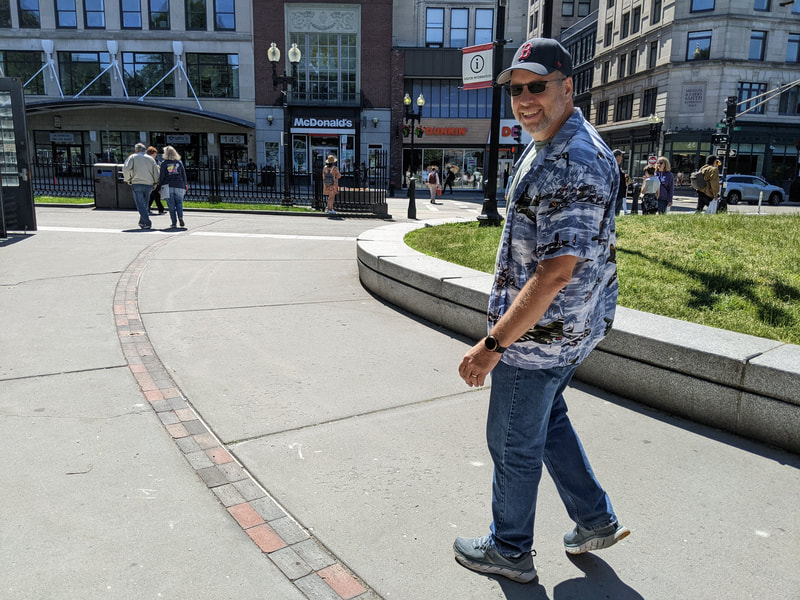
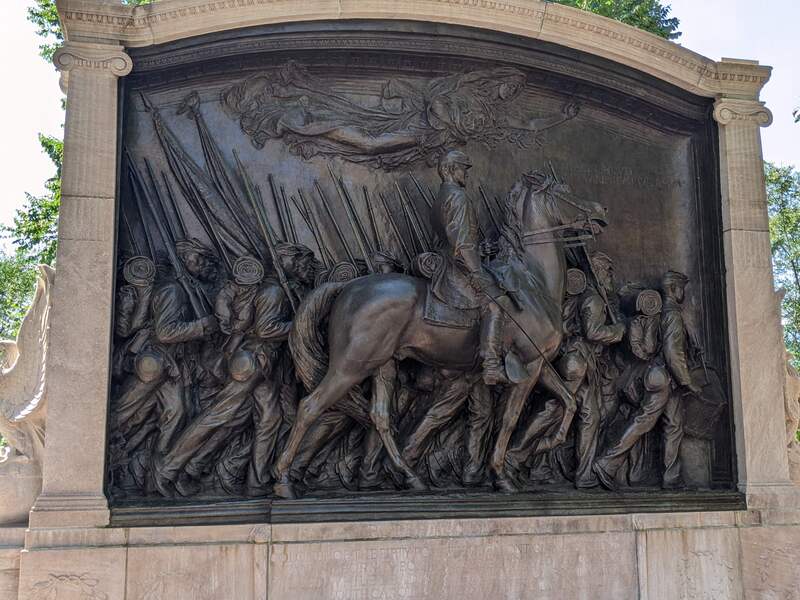
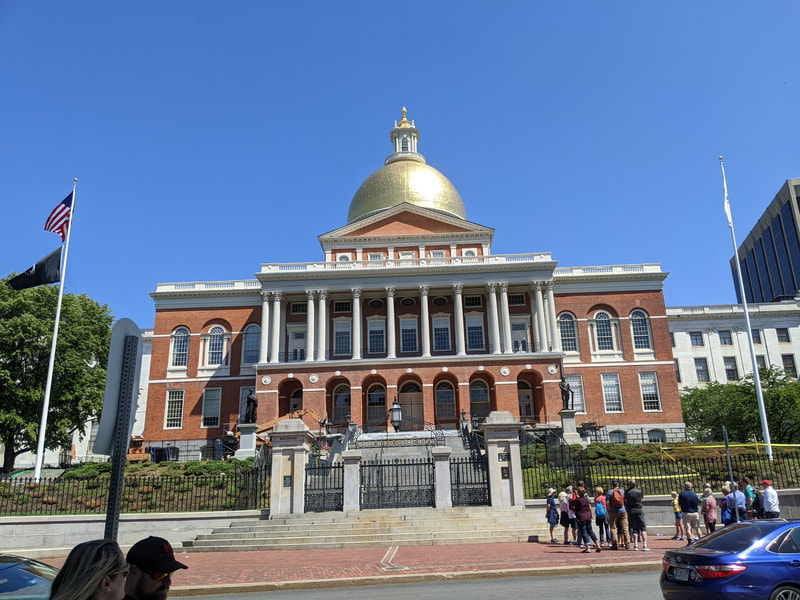
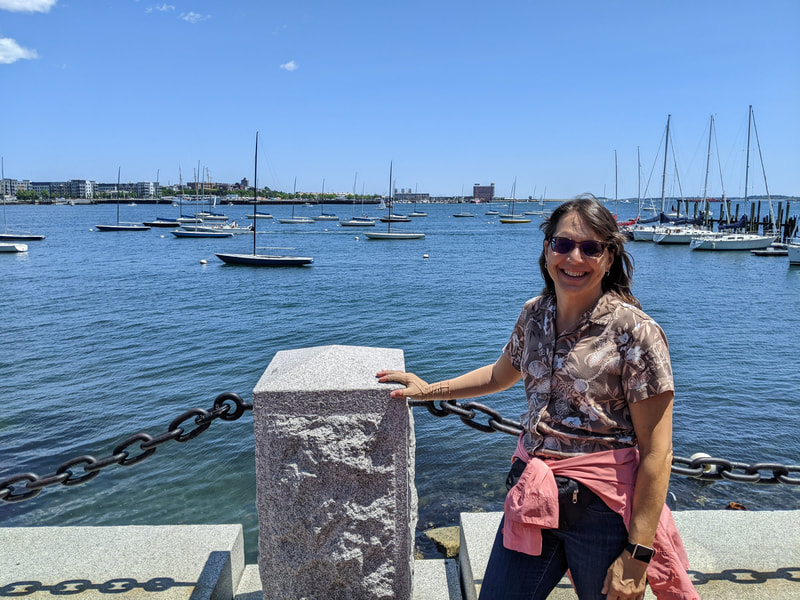
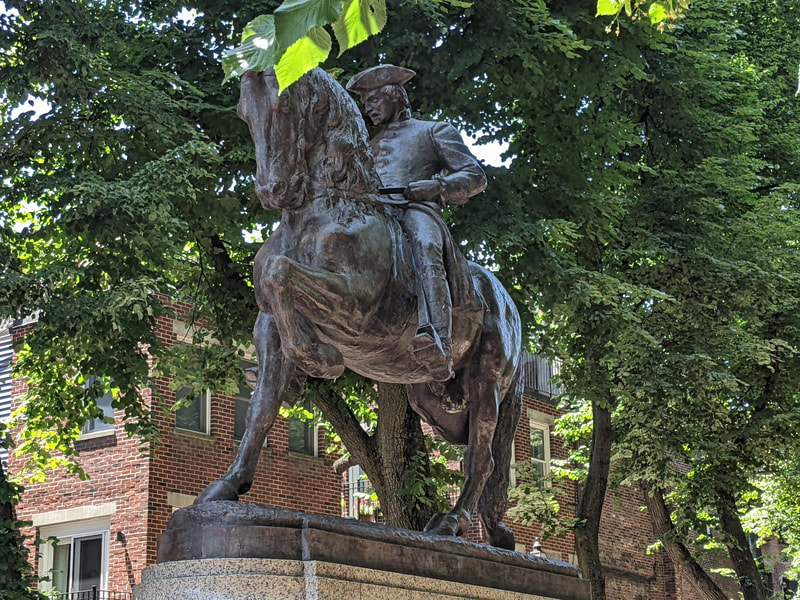
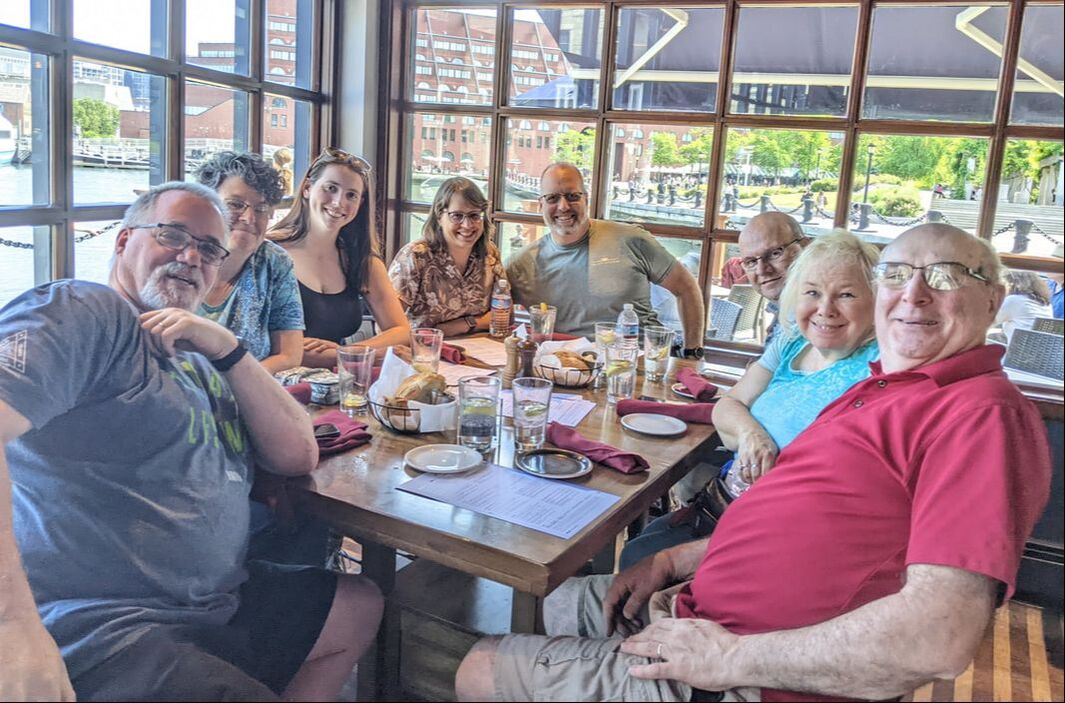
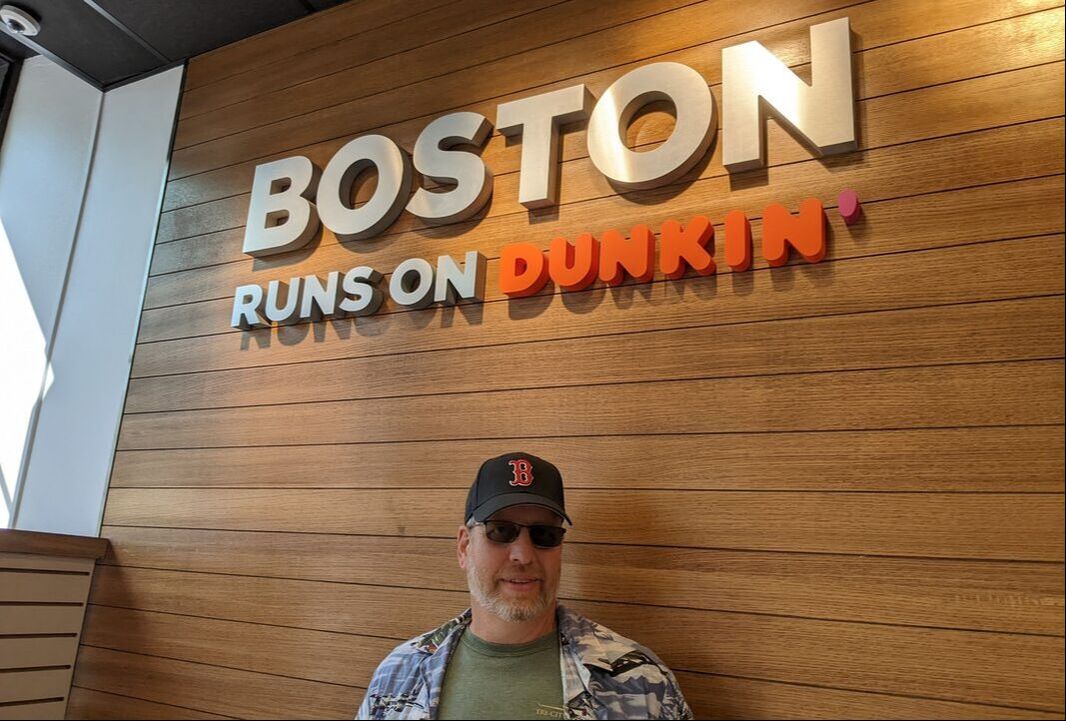
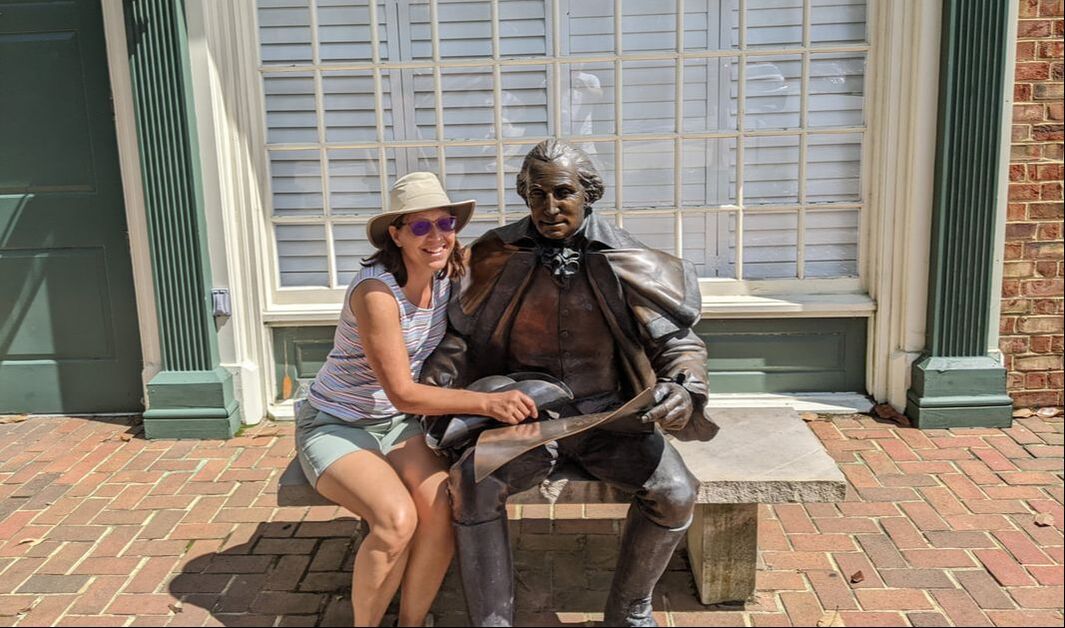
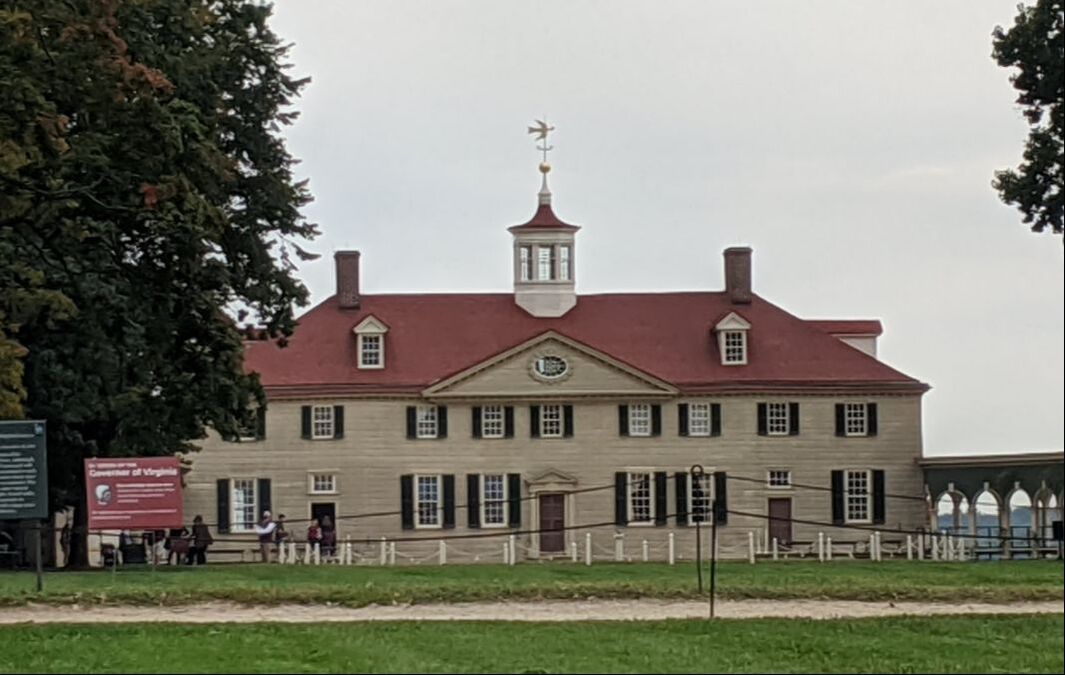
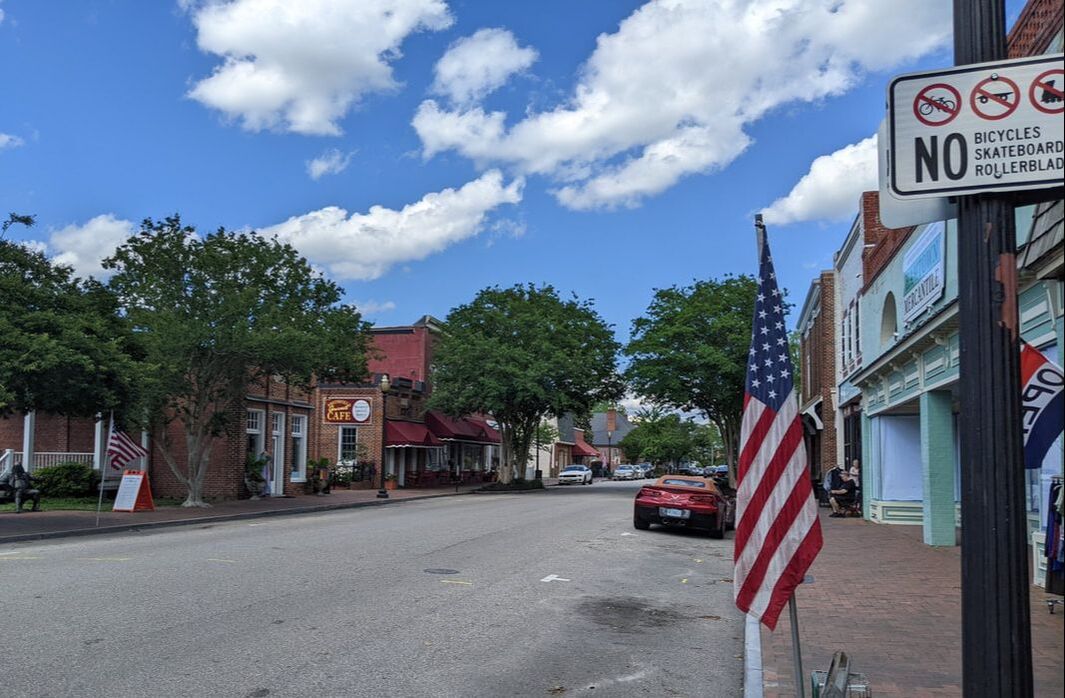
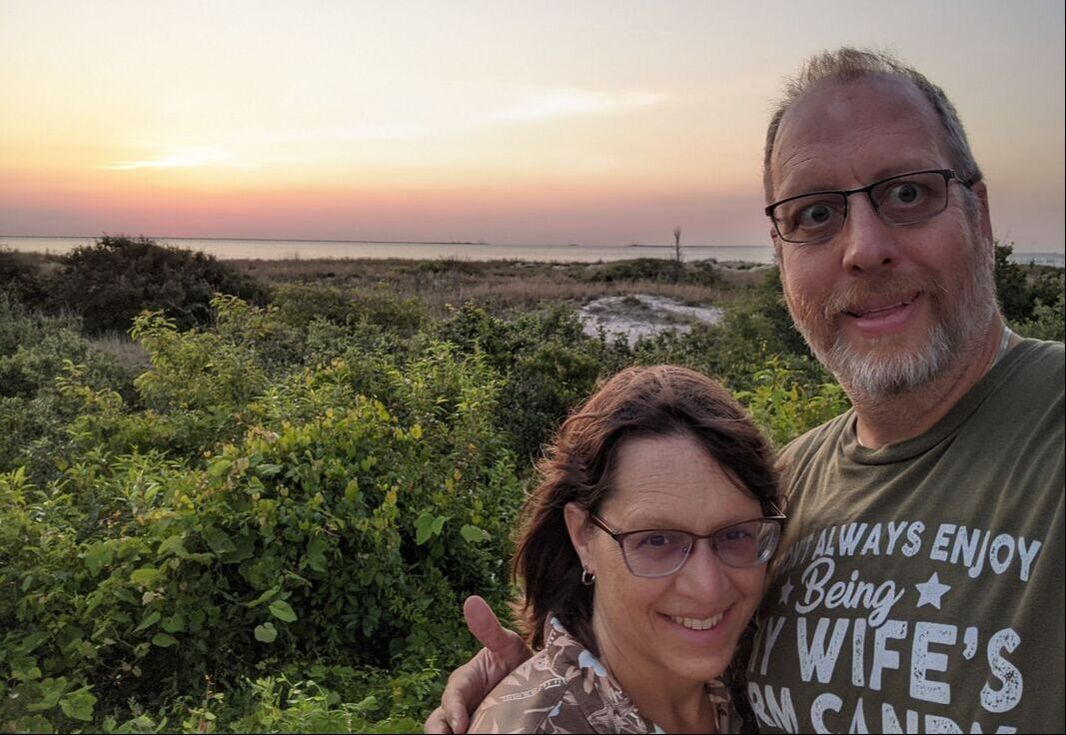
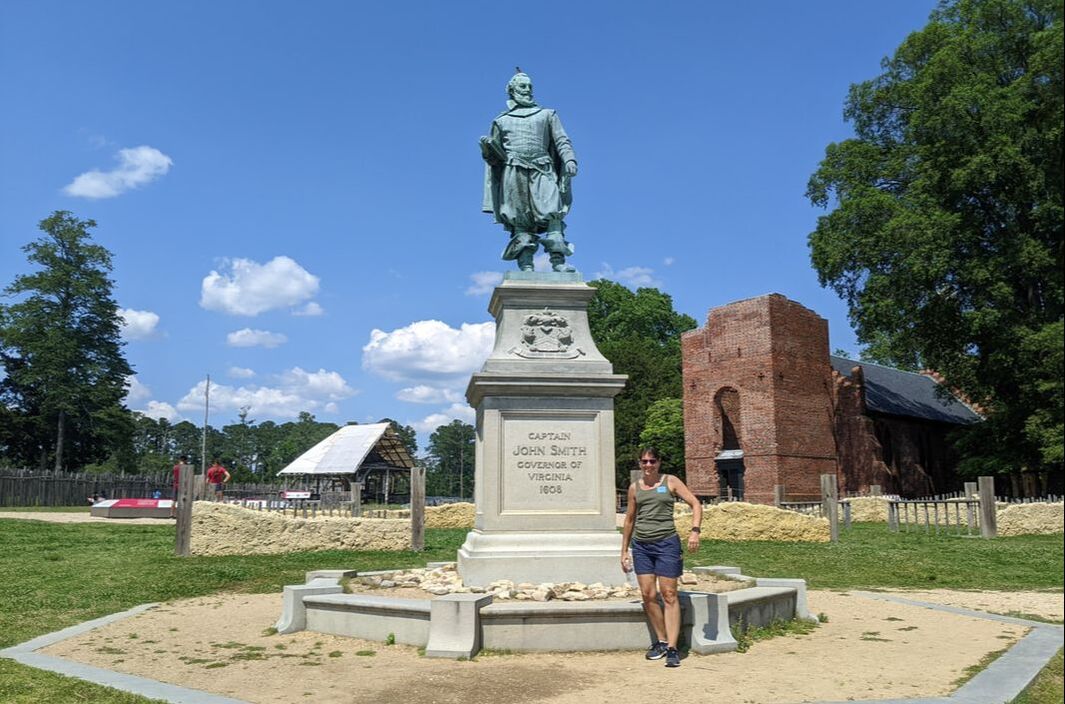
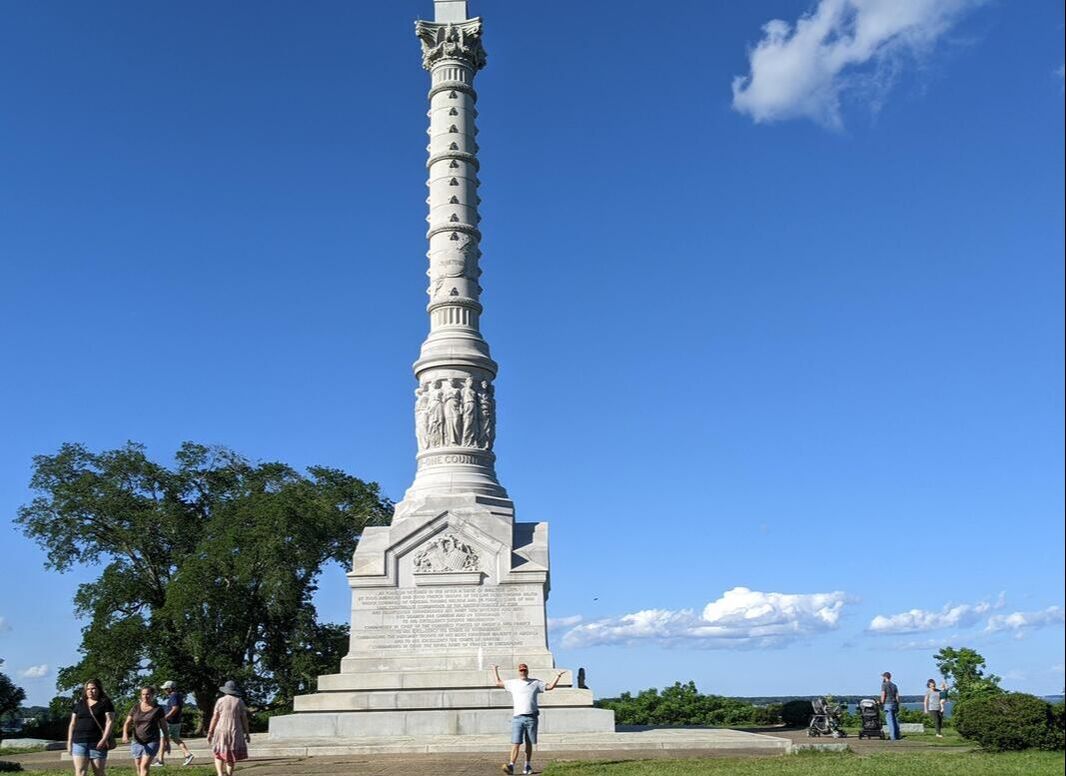
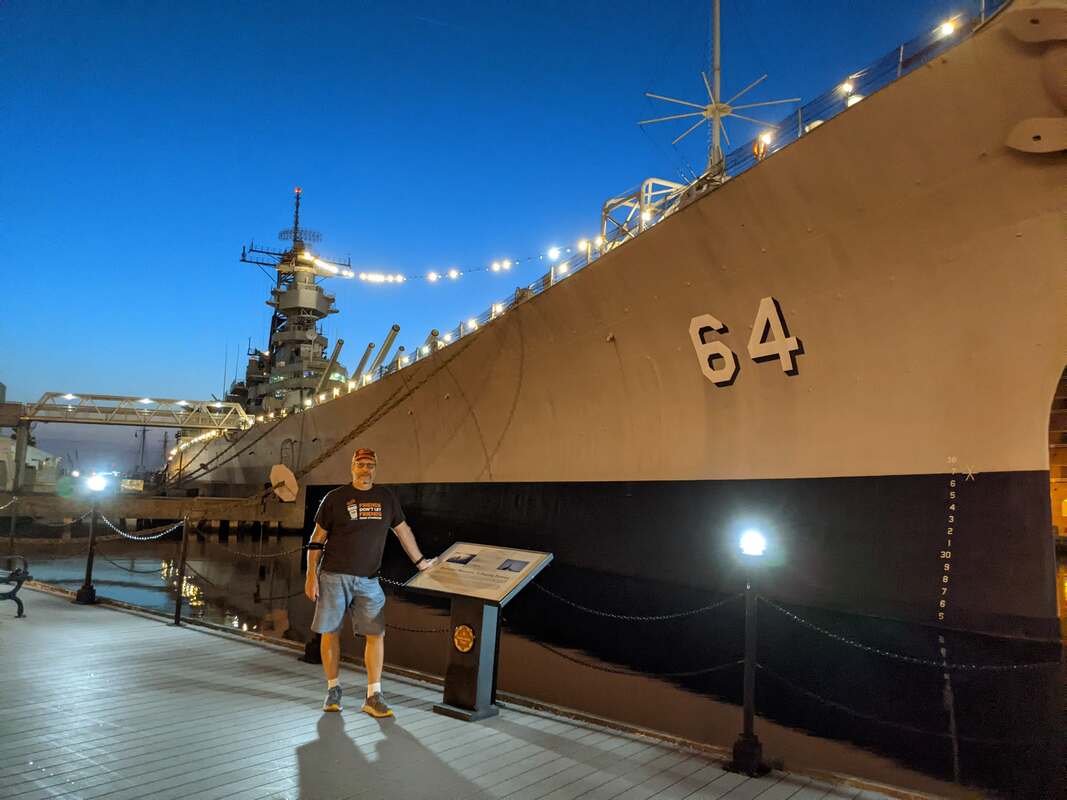
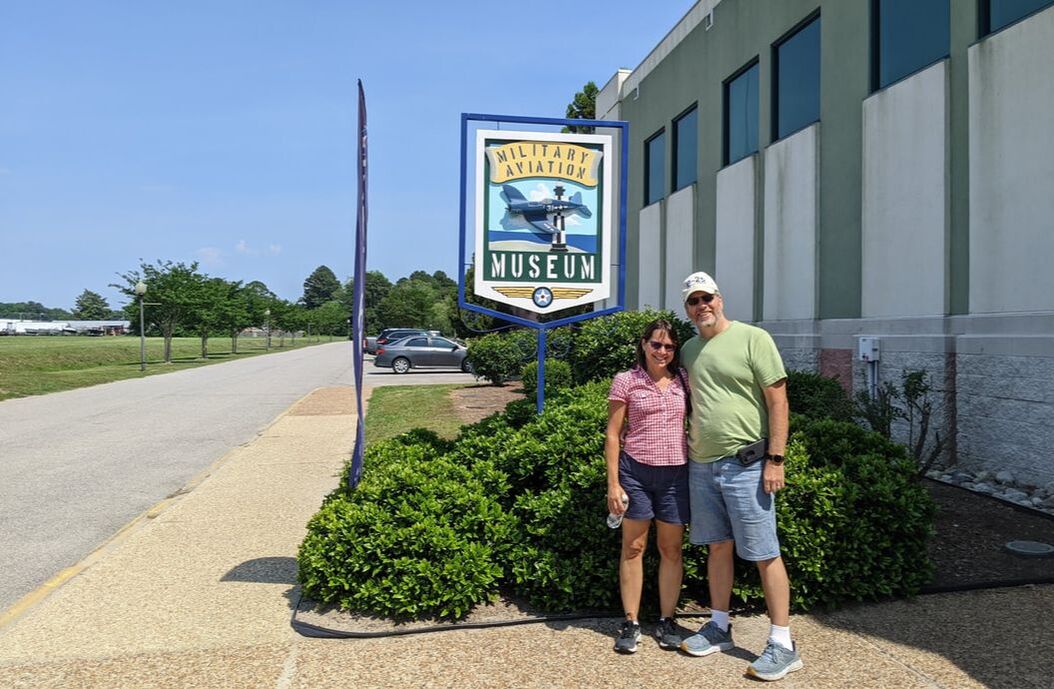
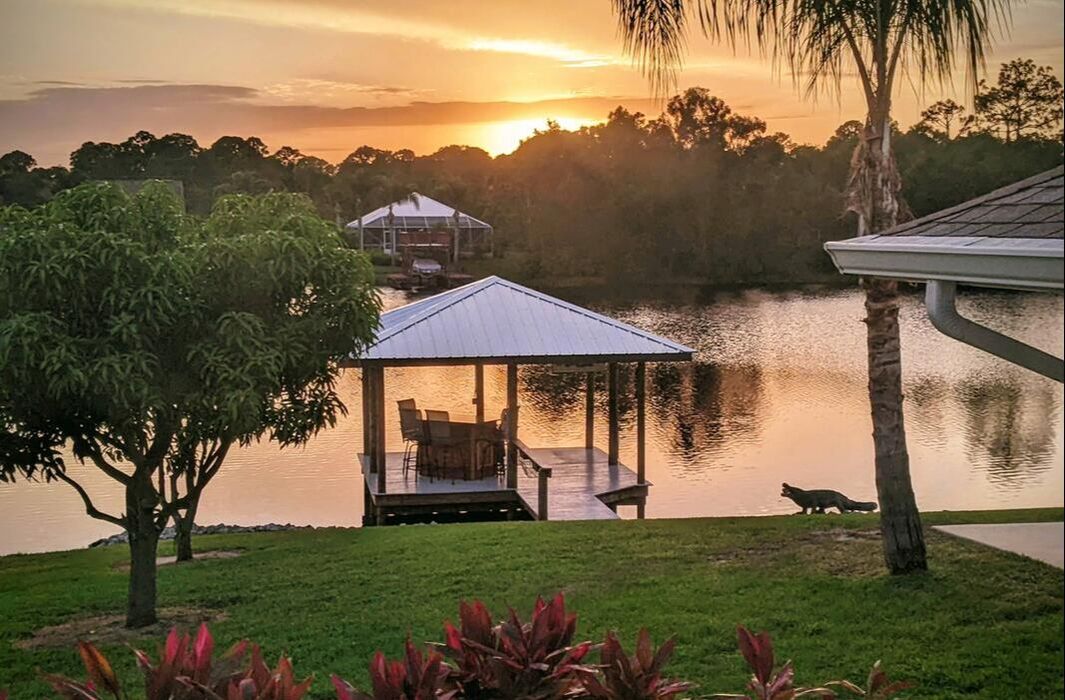
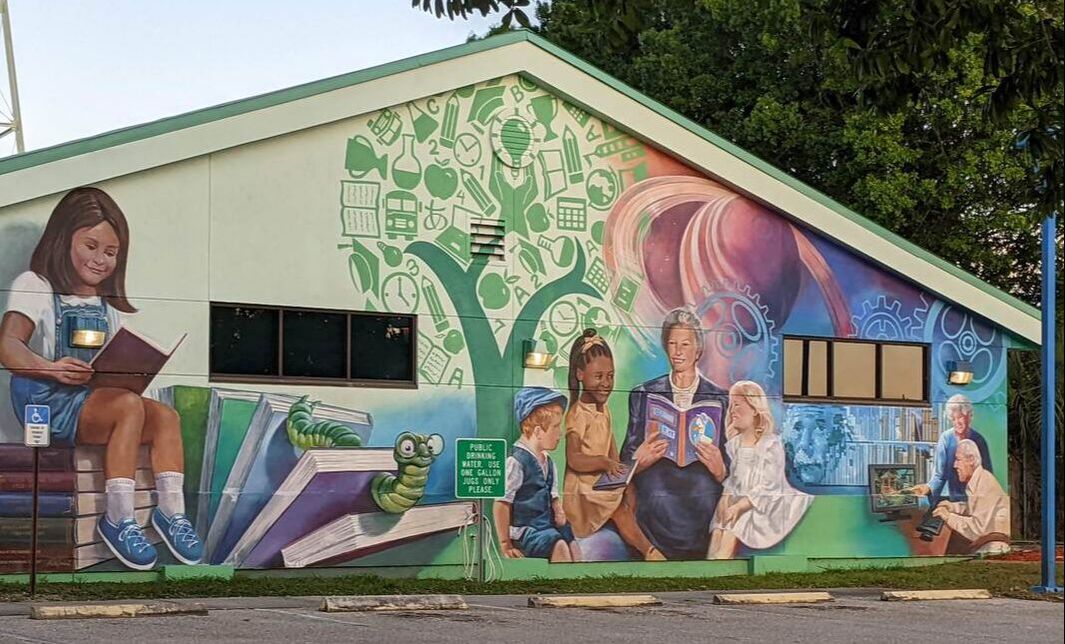

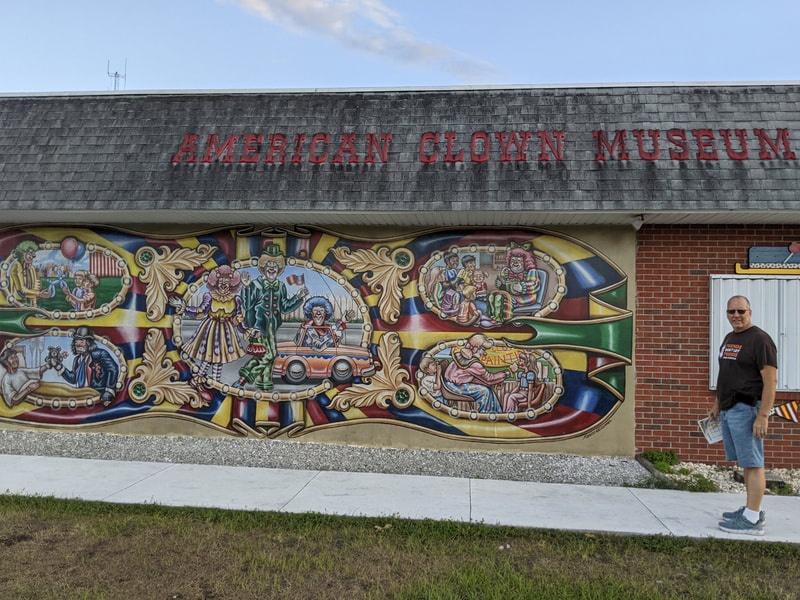
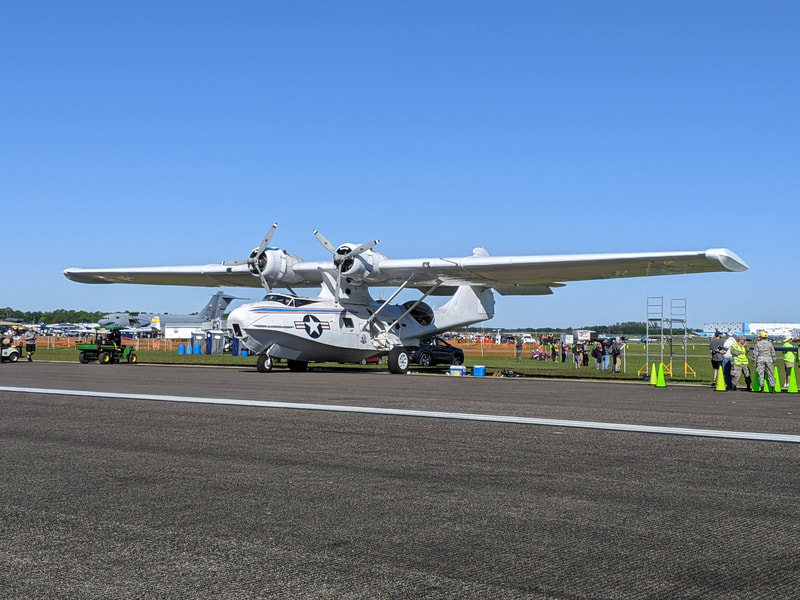
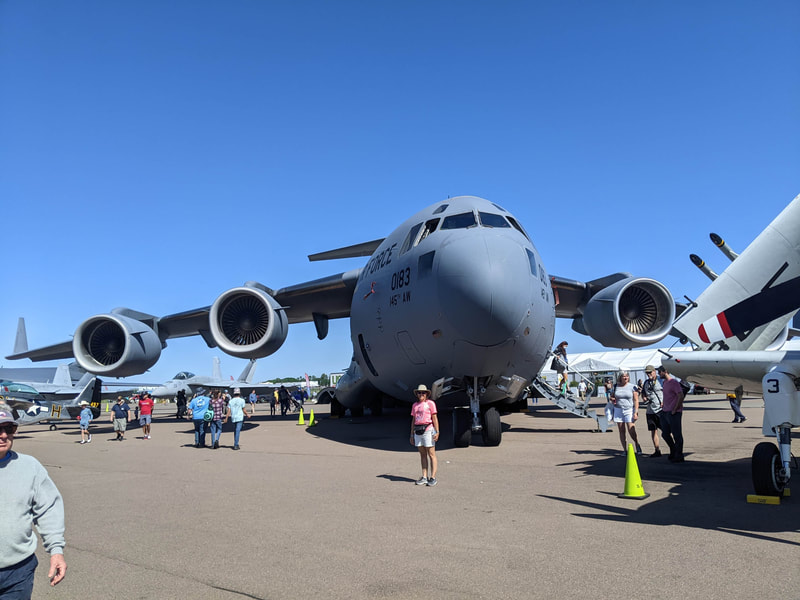
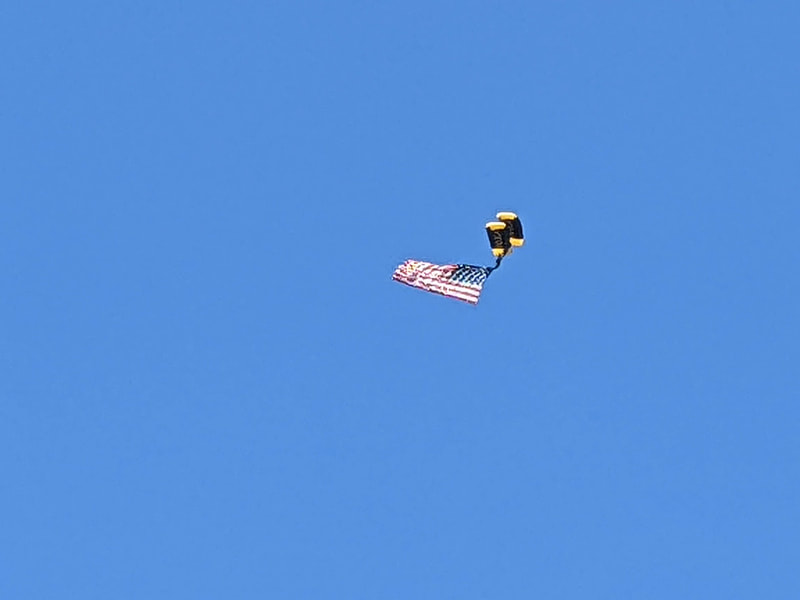
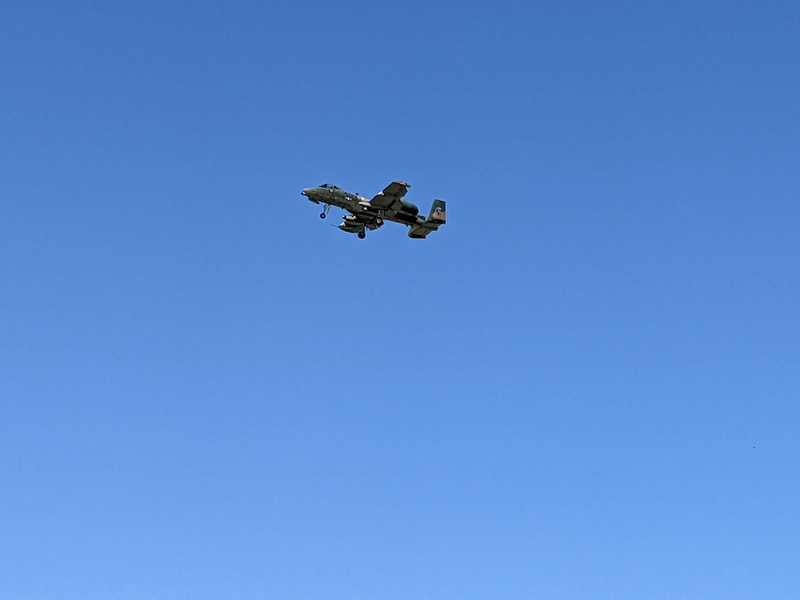
 RSS Feed
RSS Feed